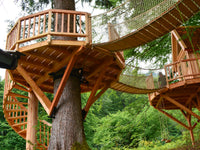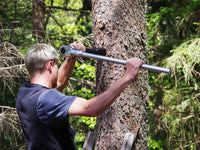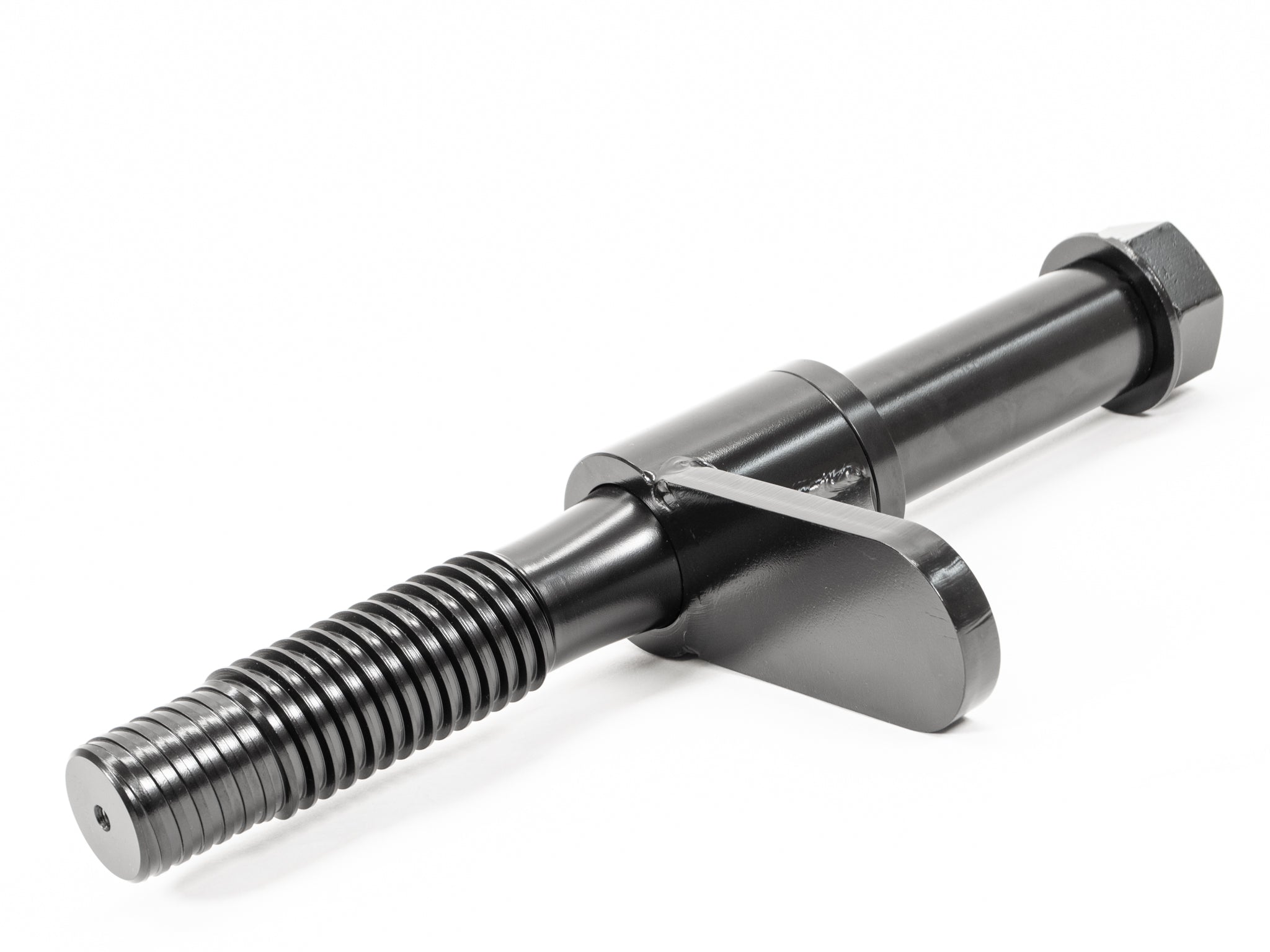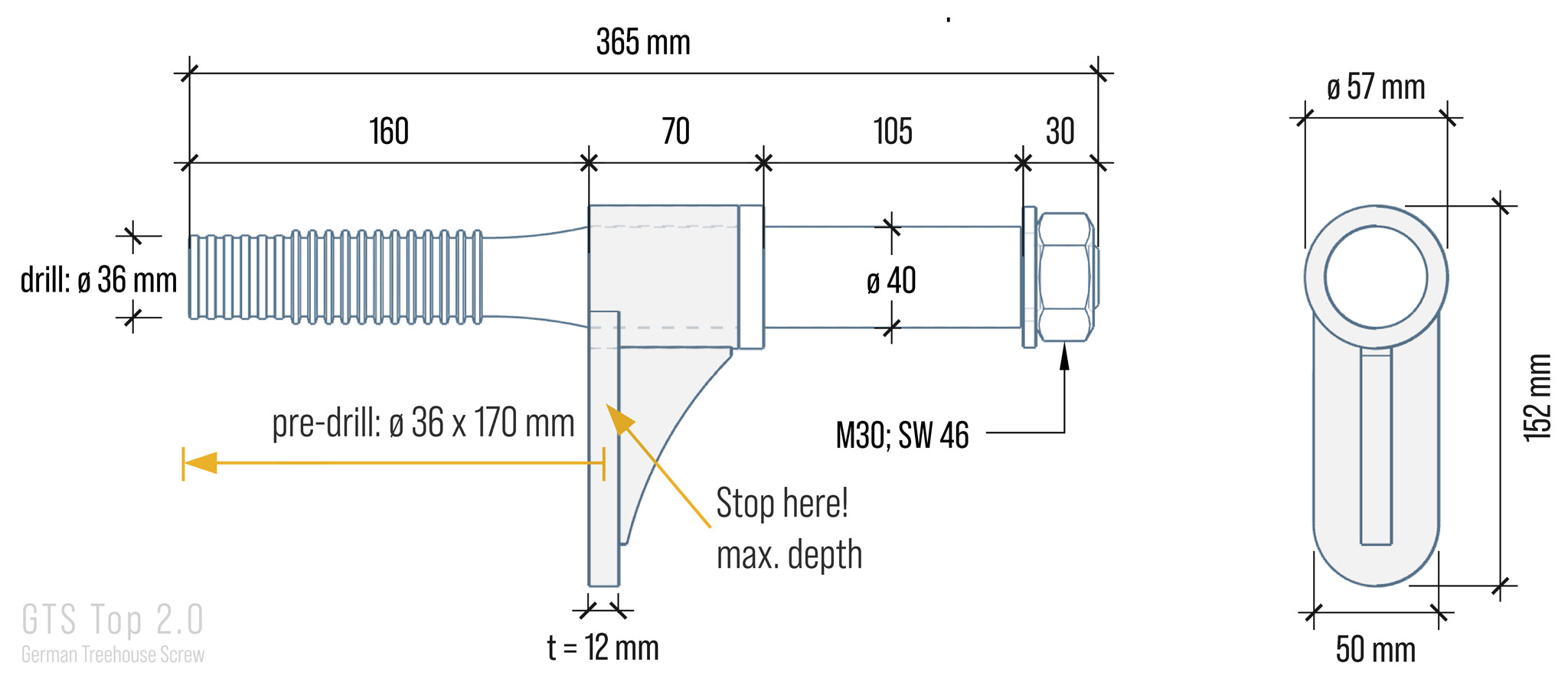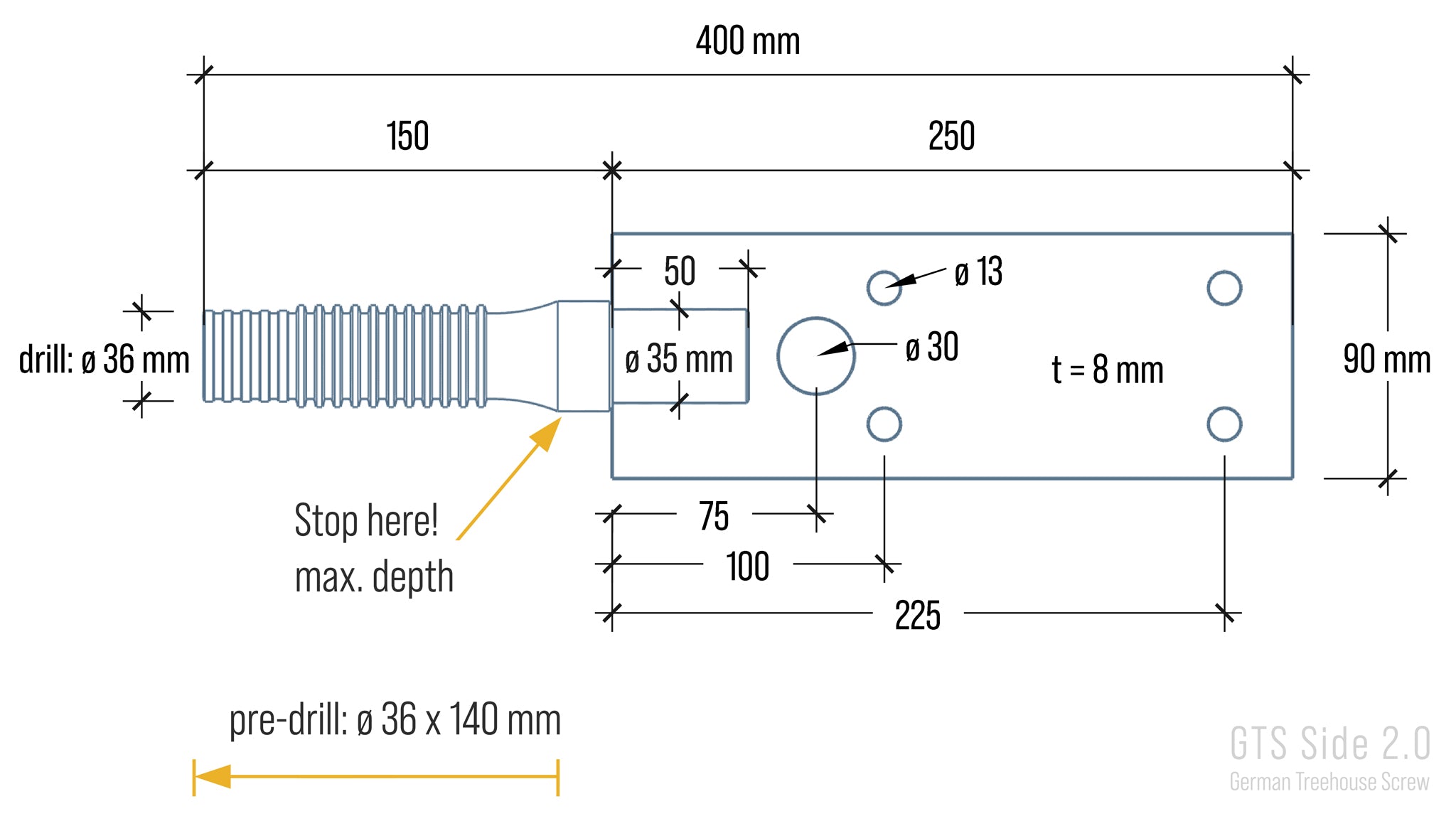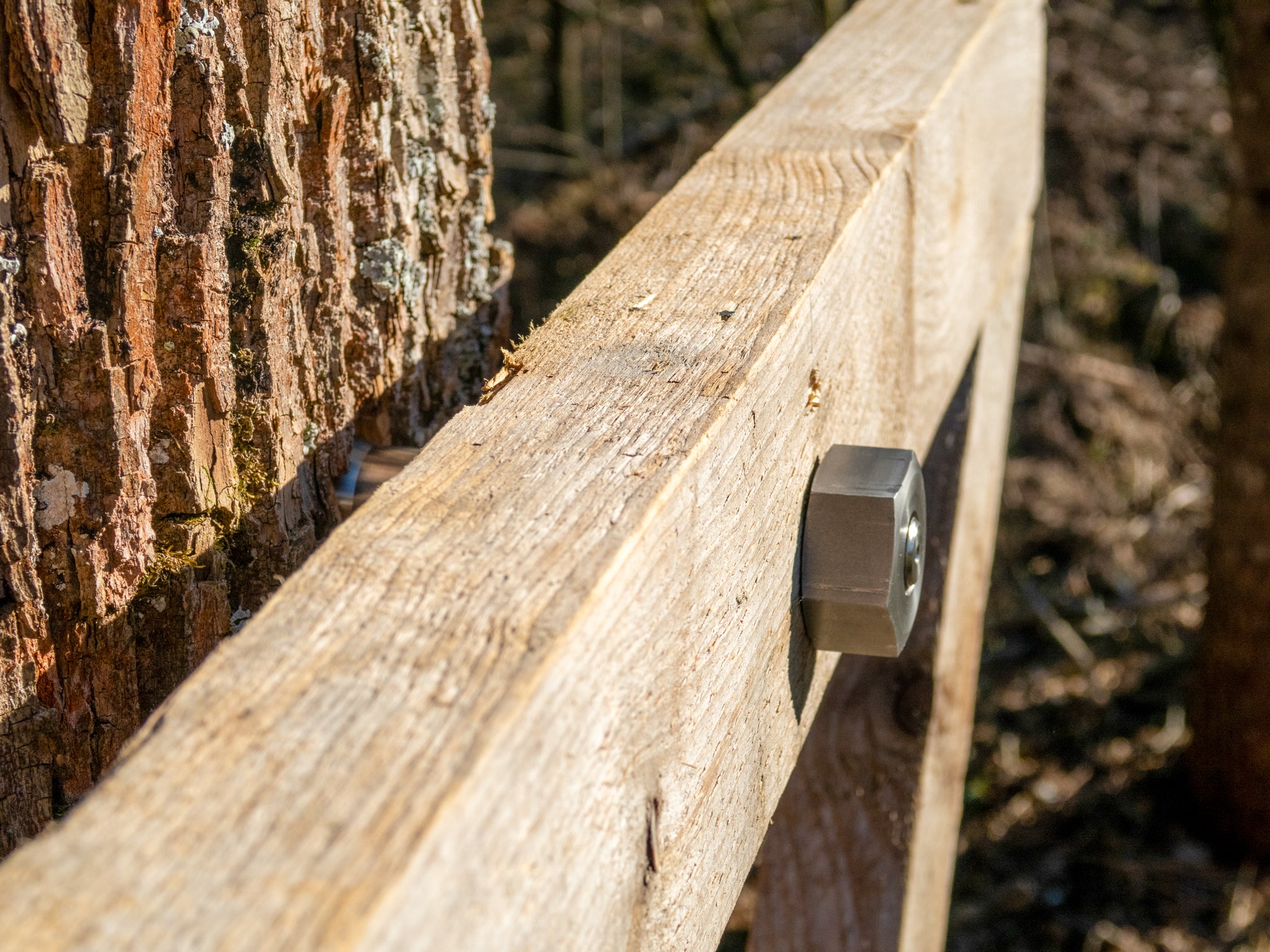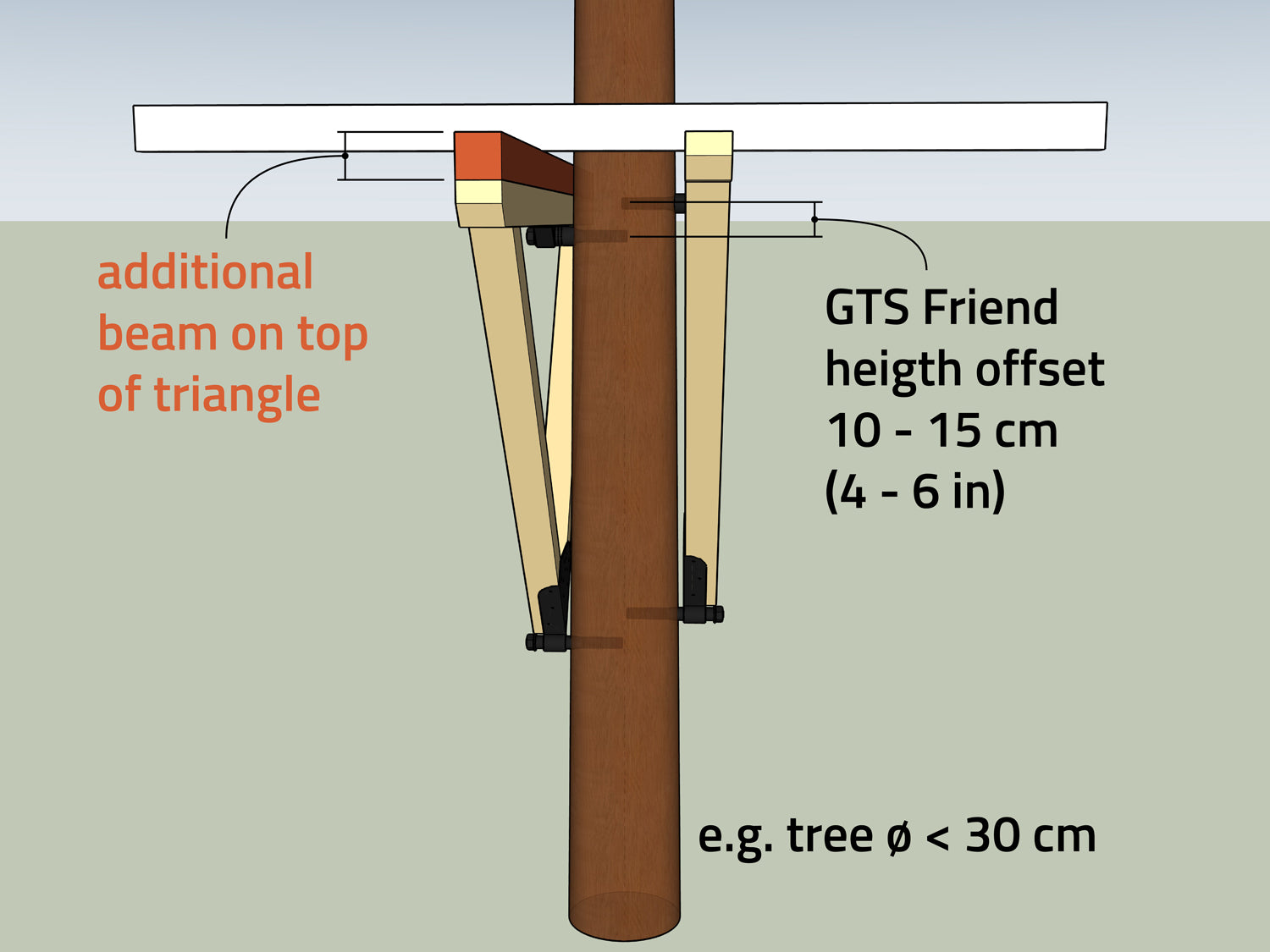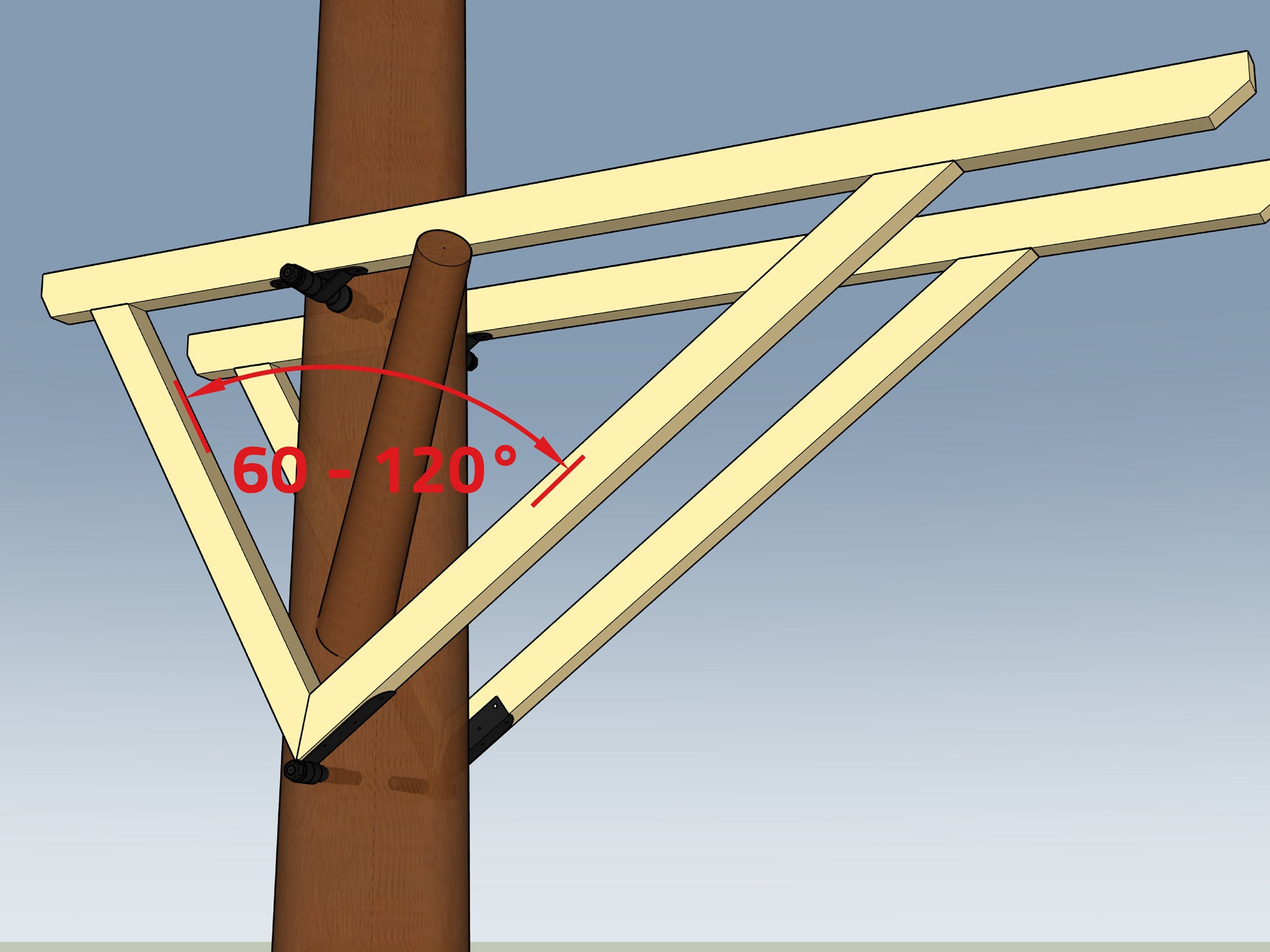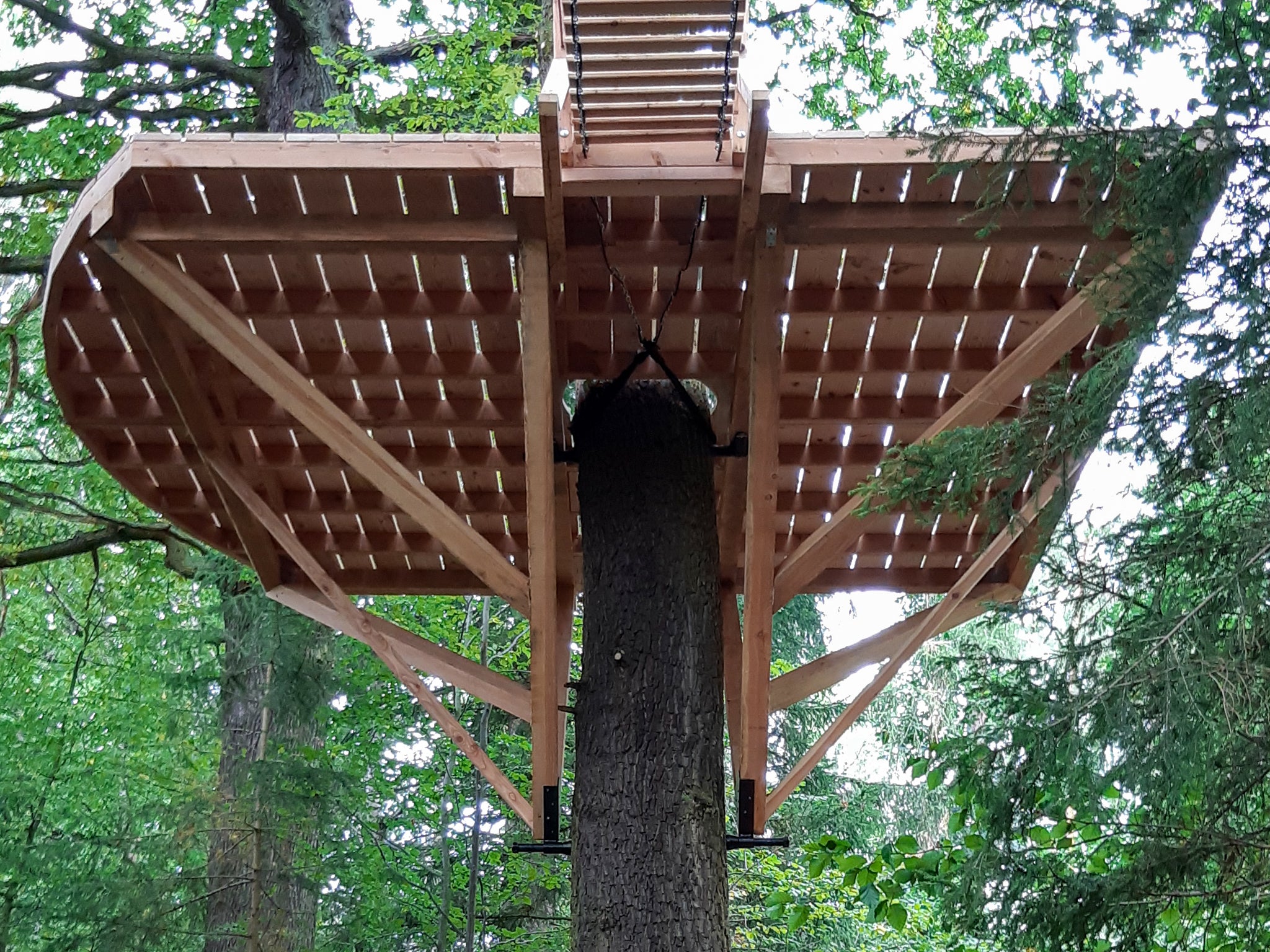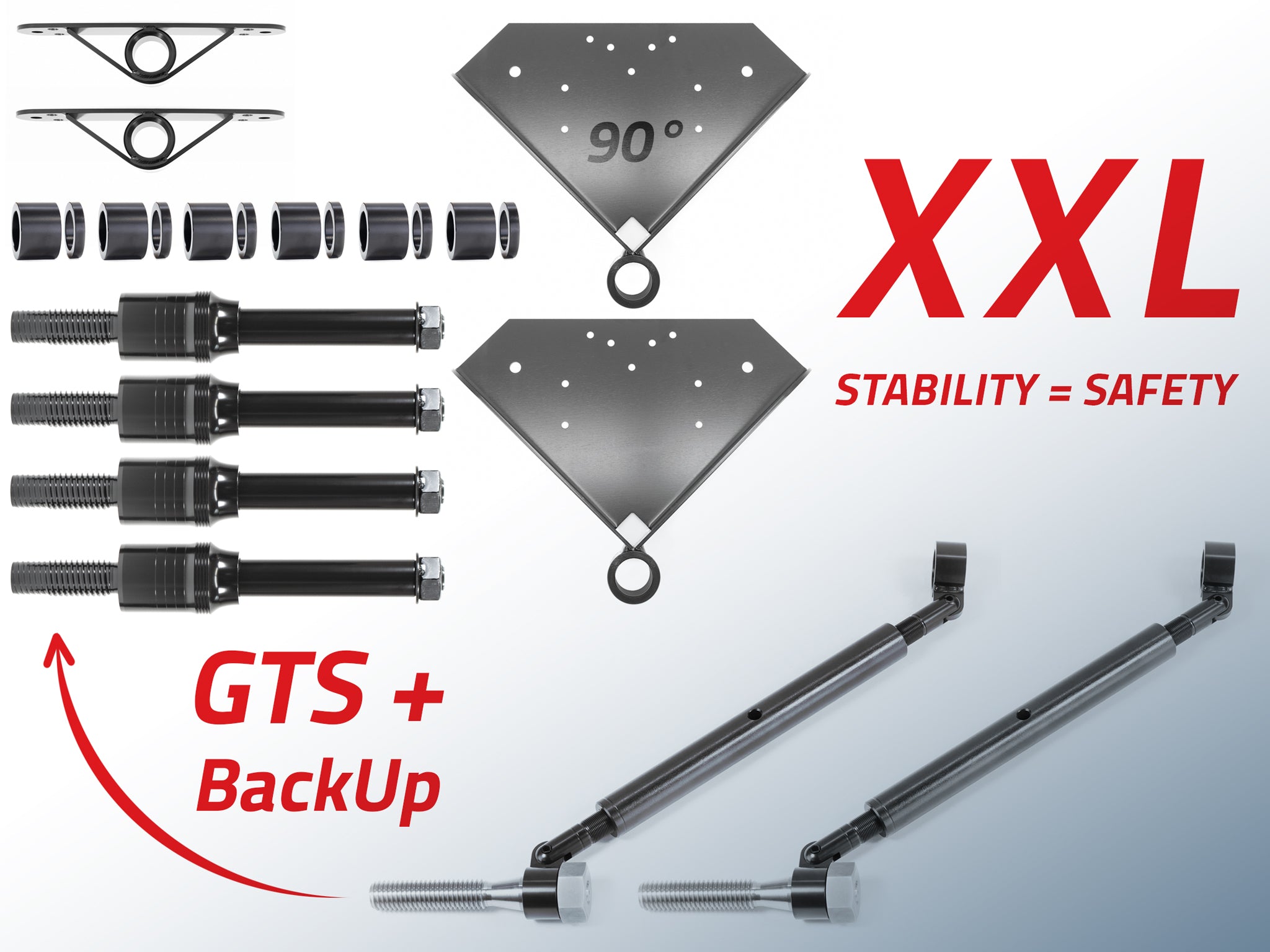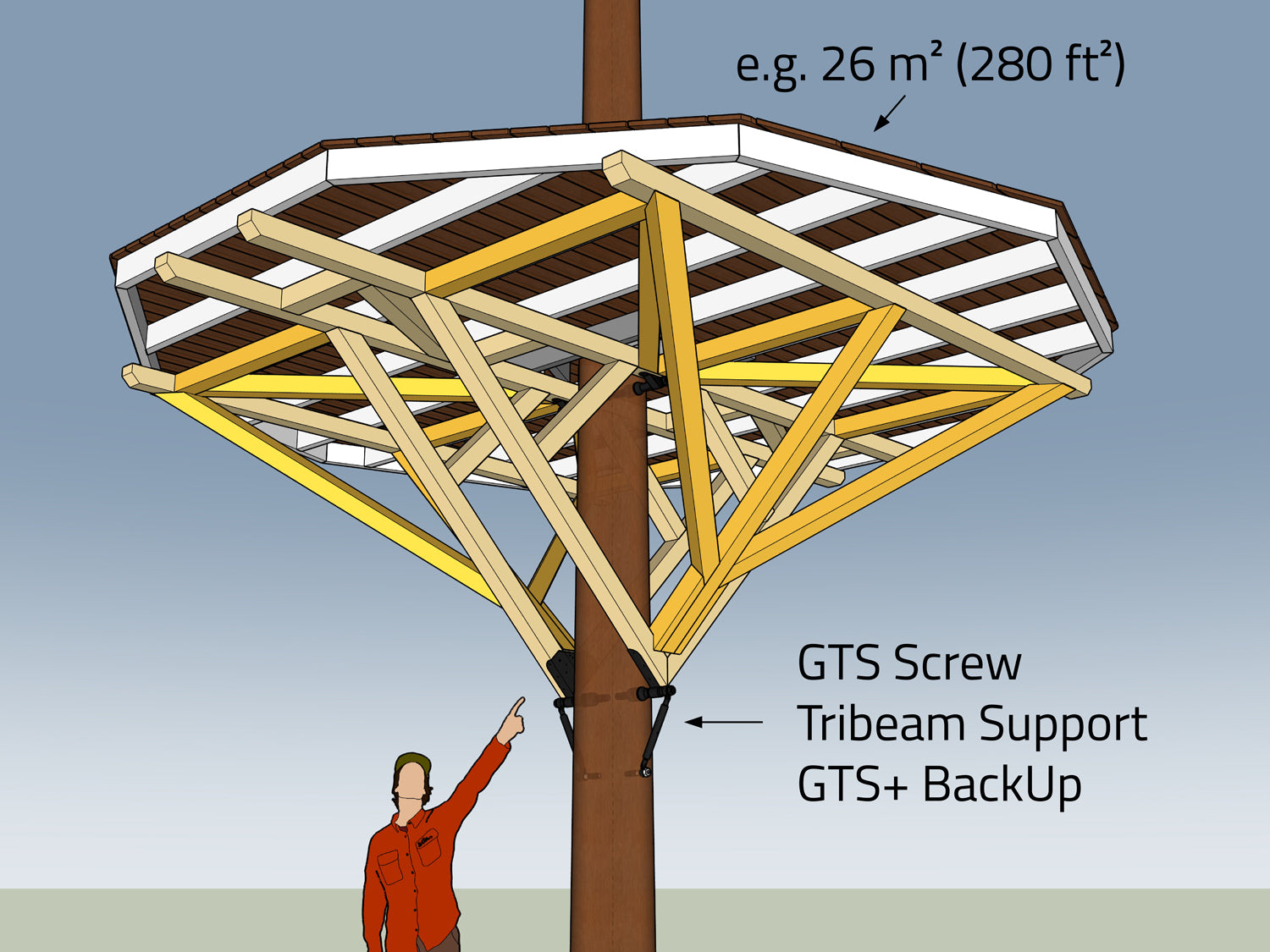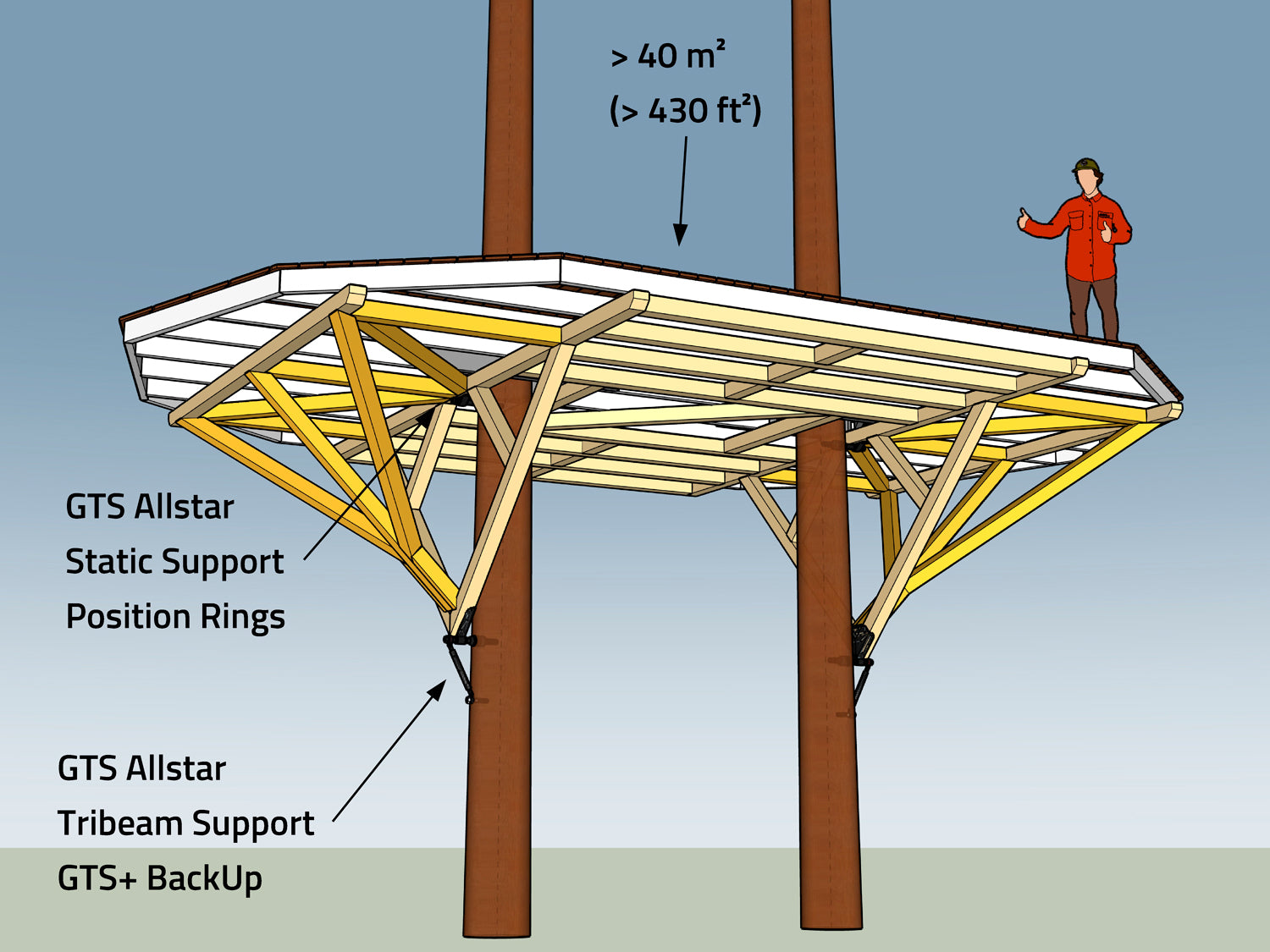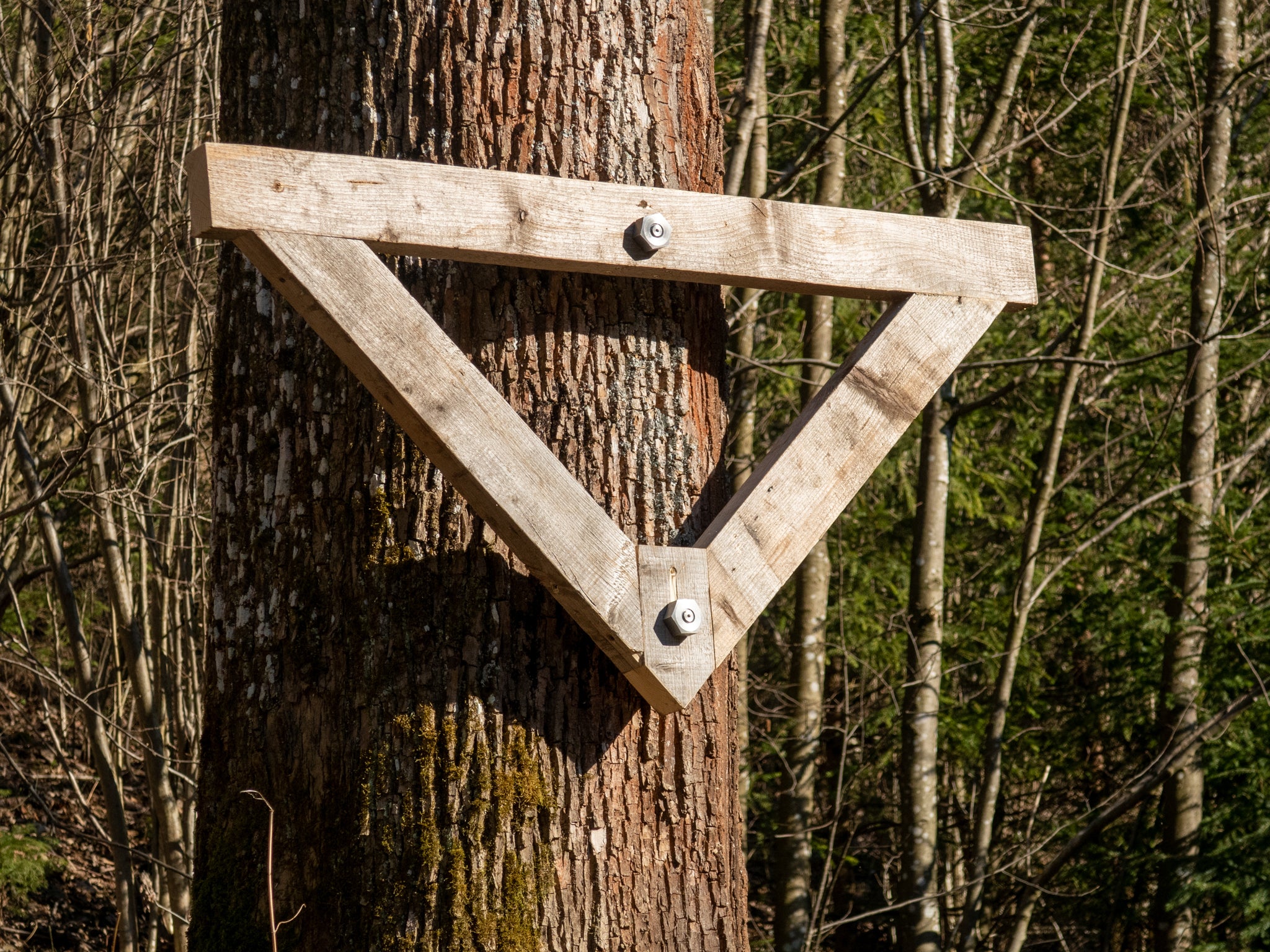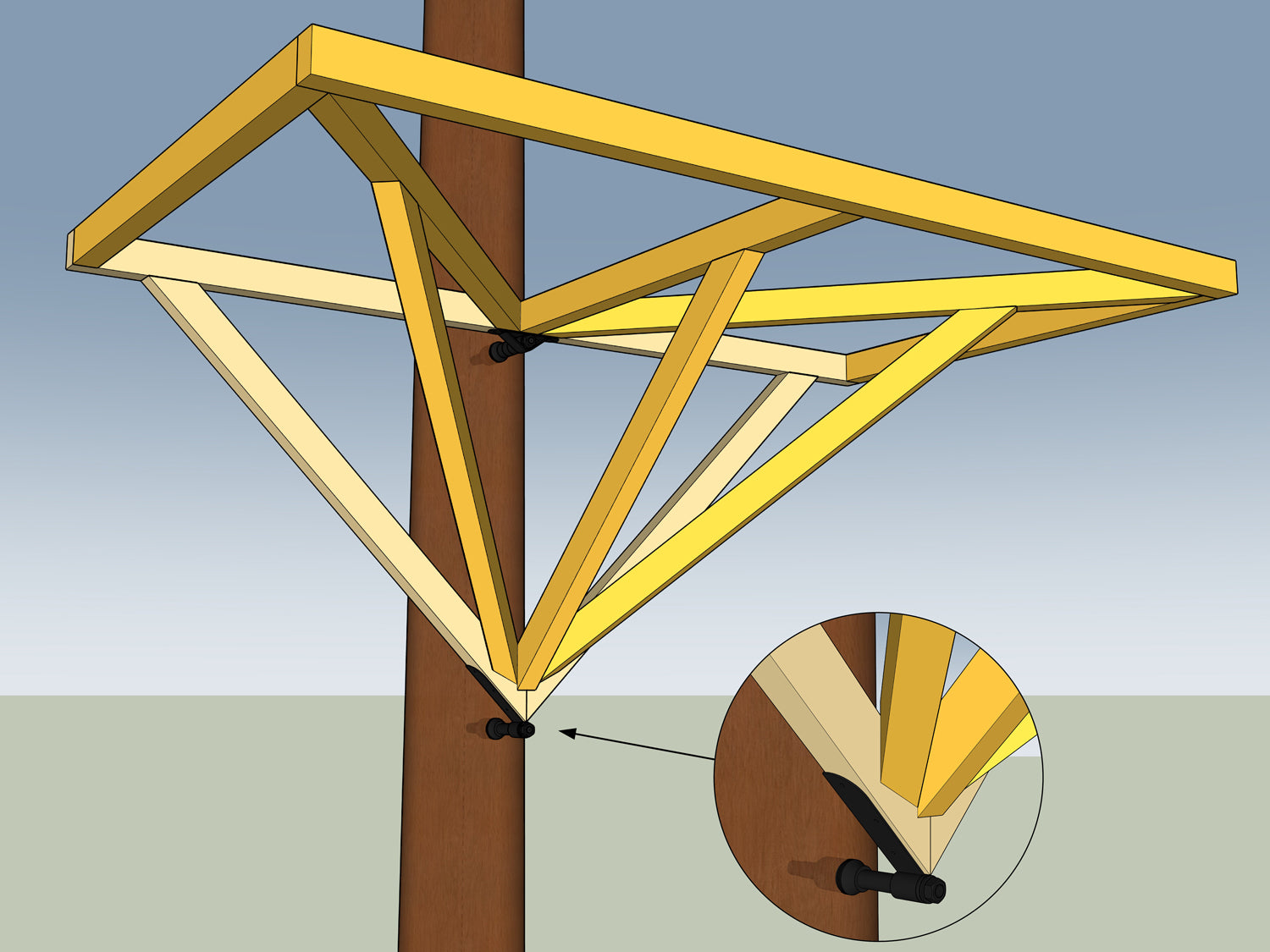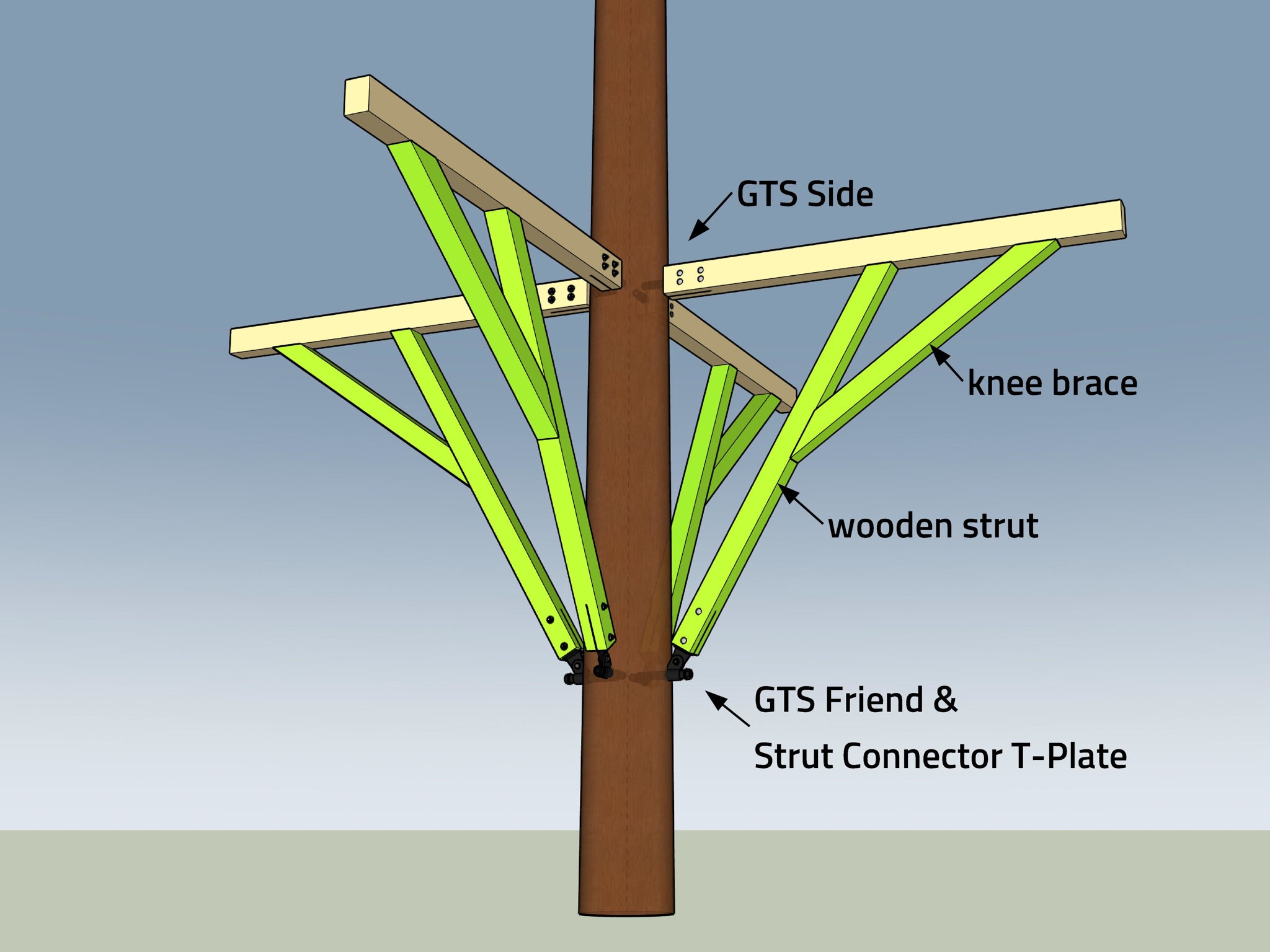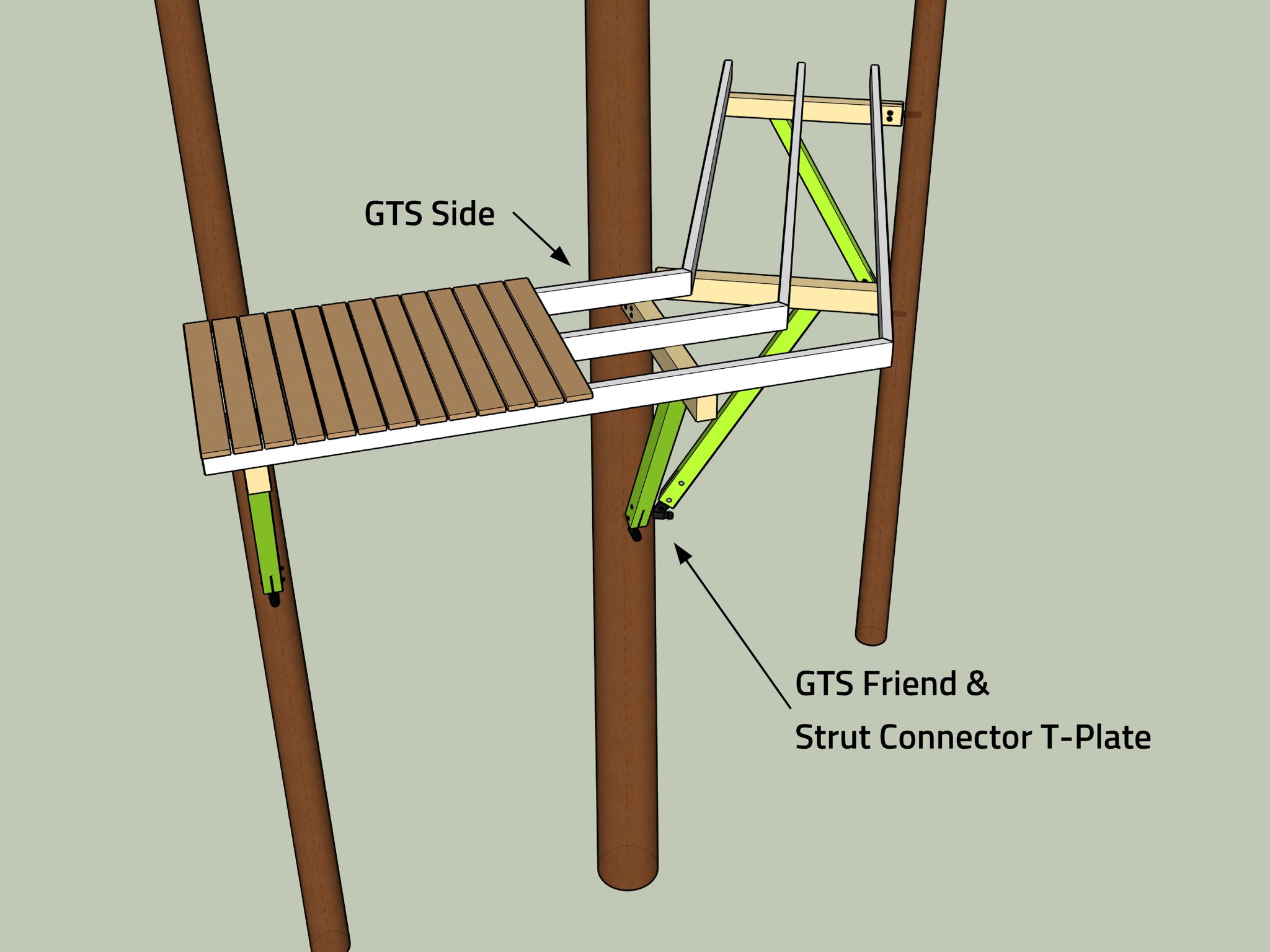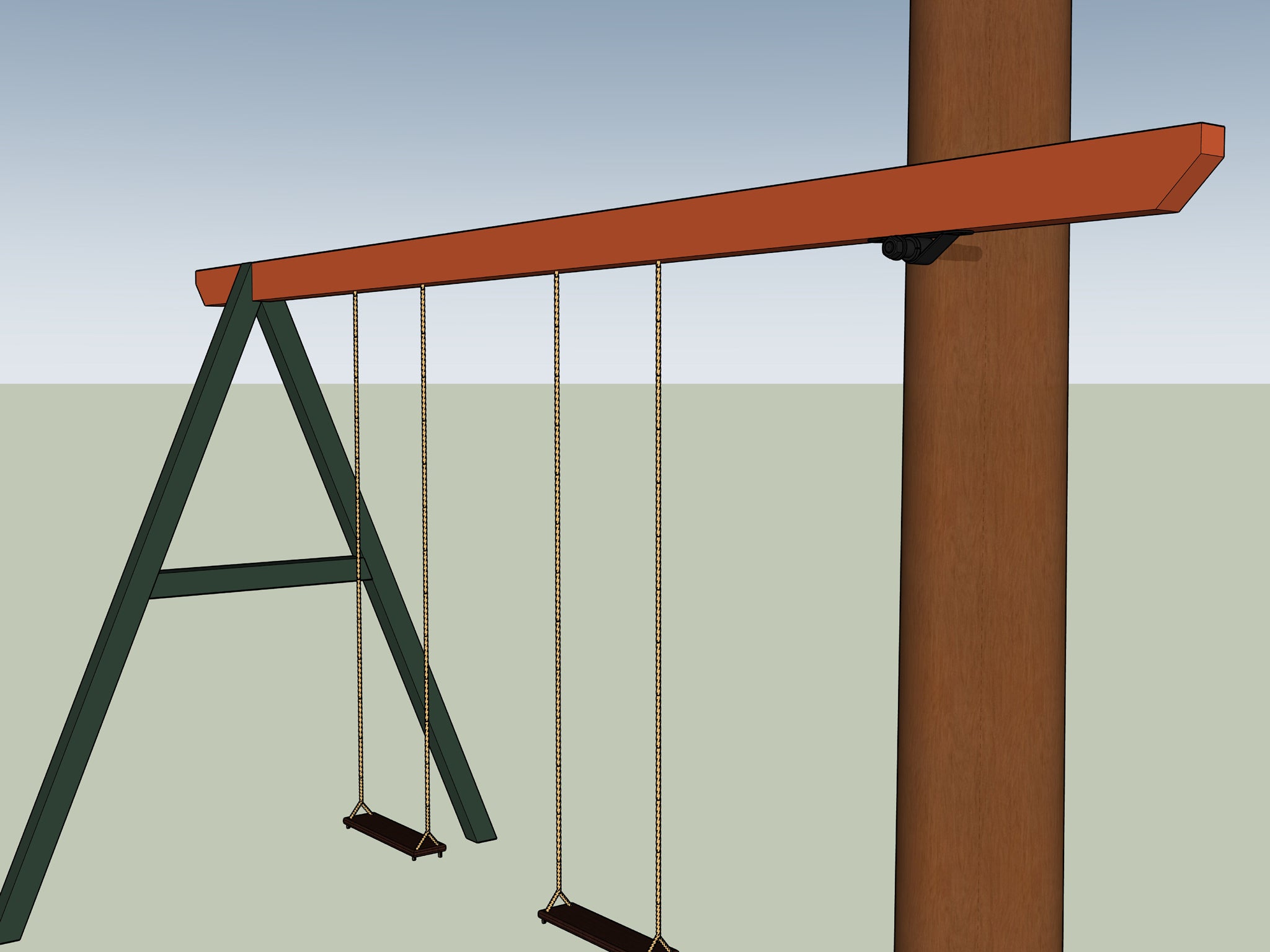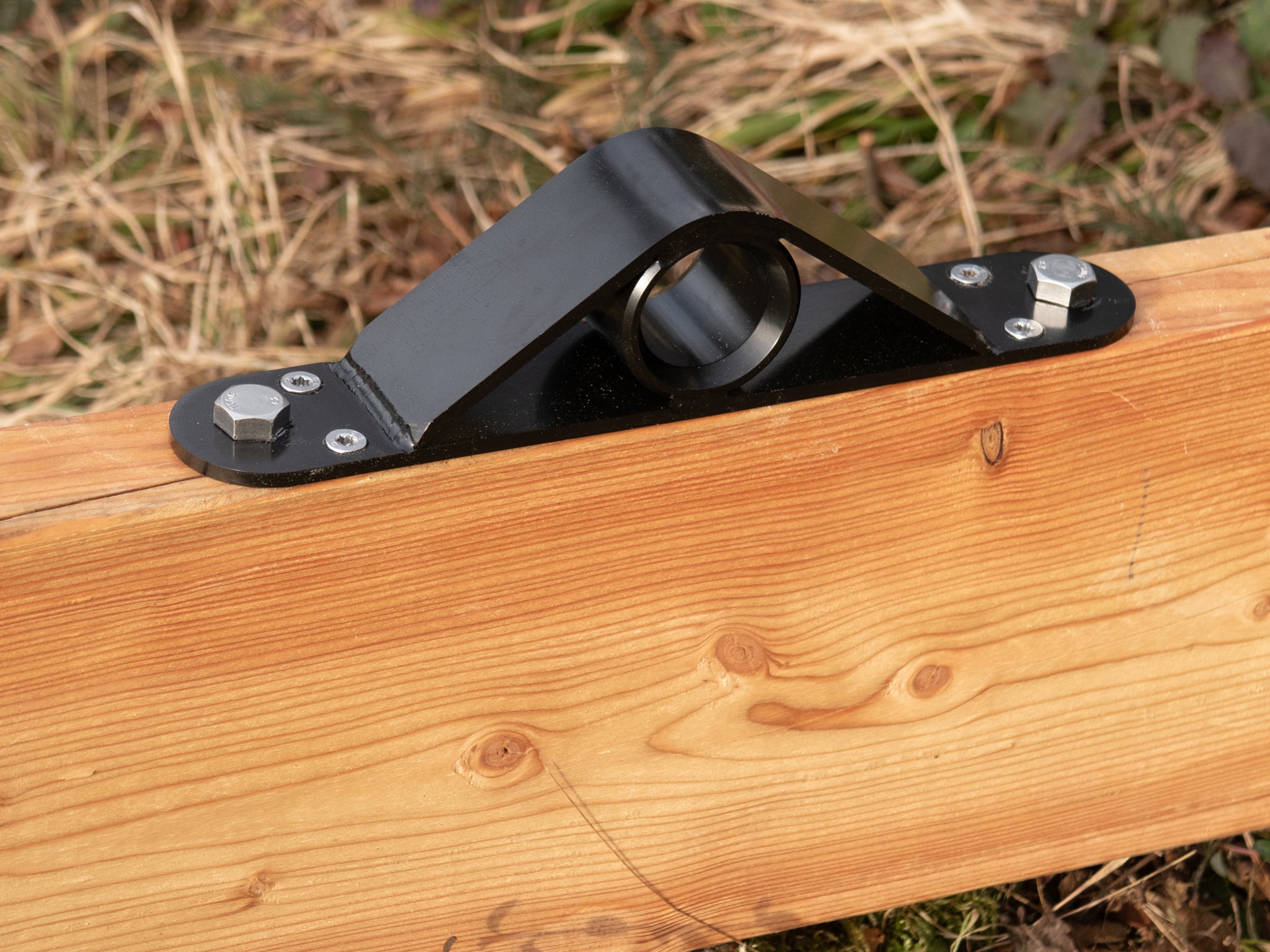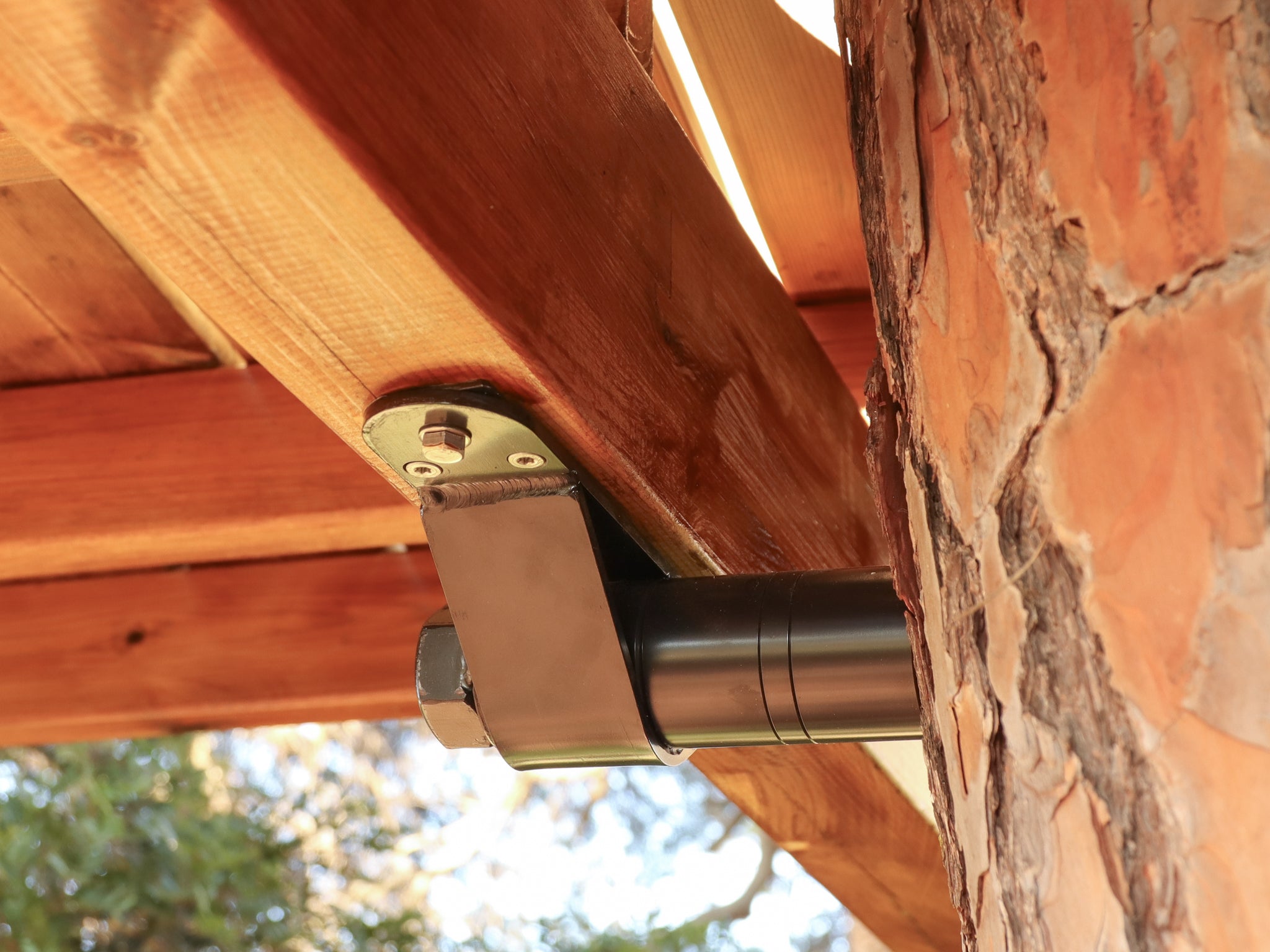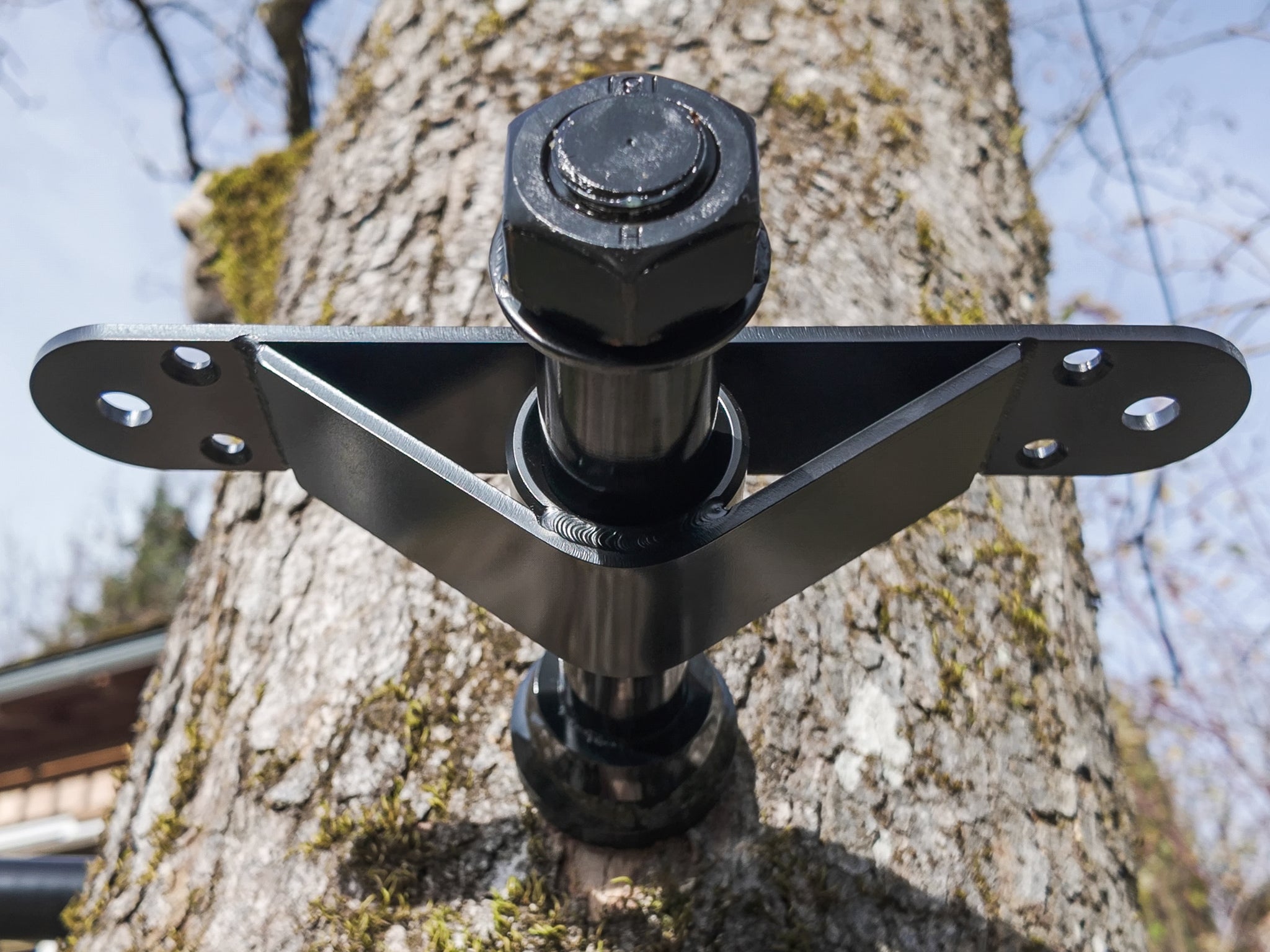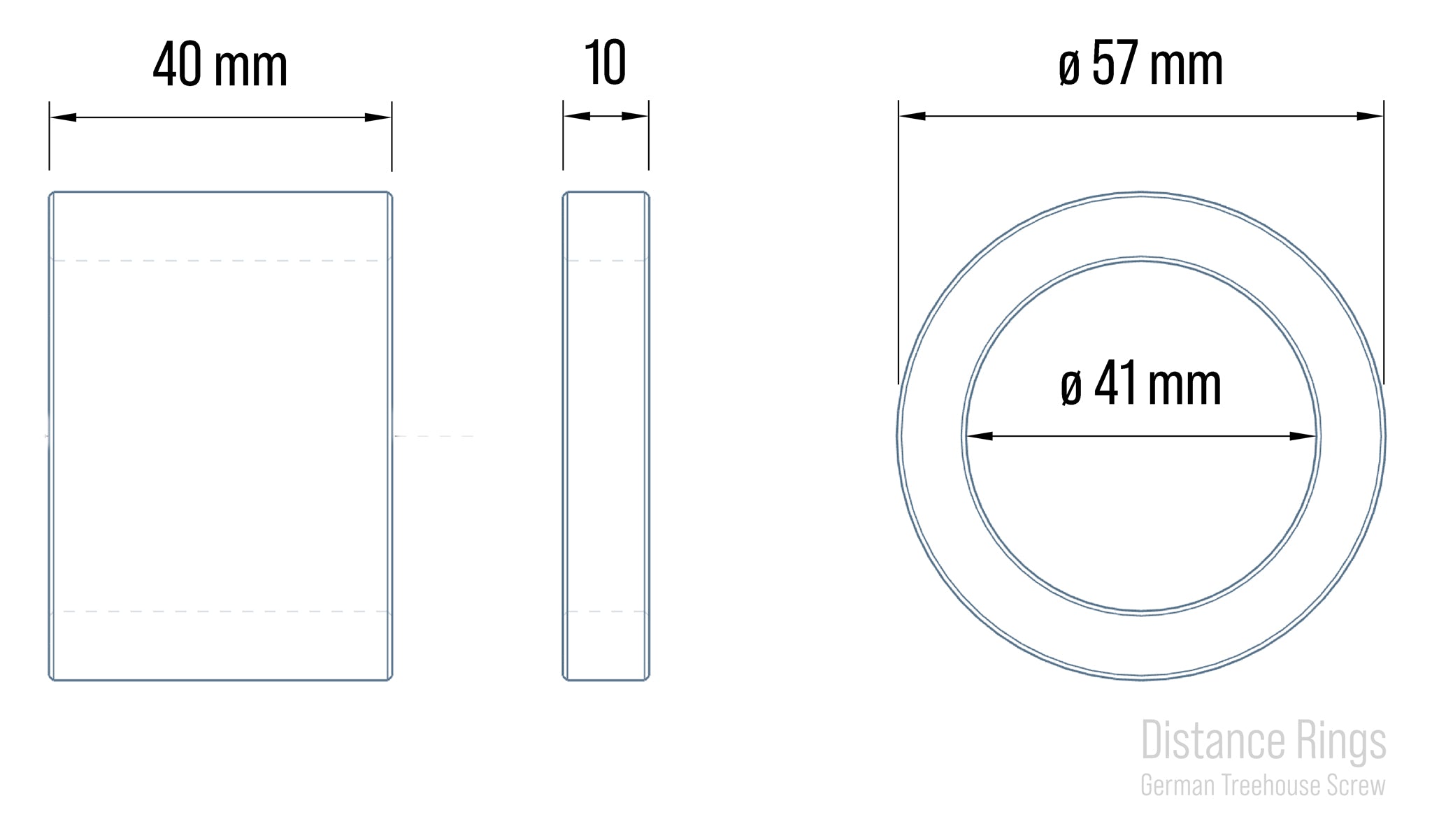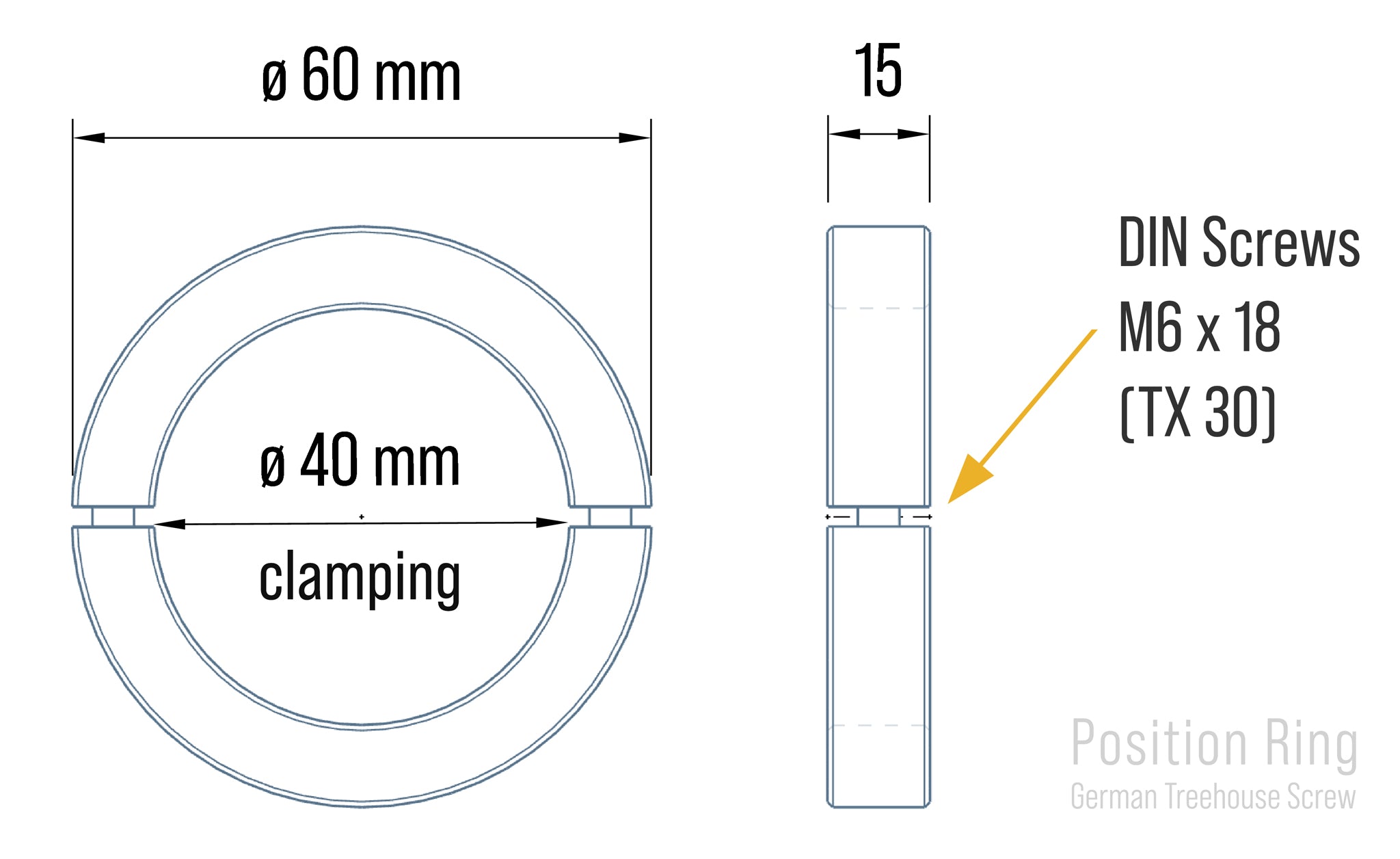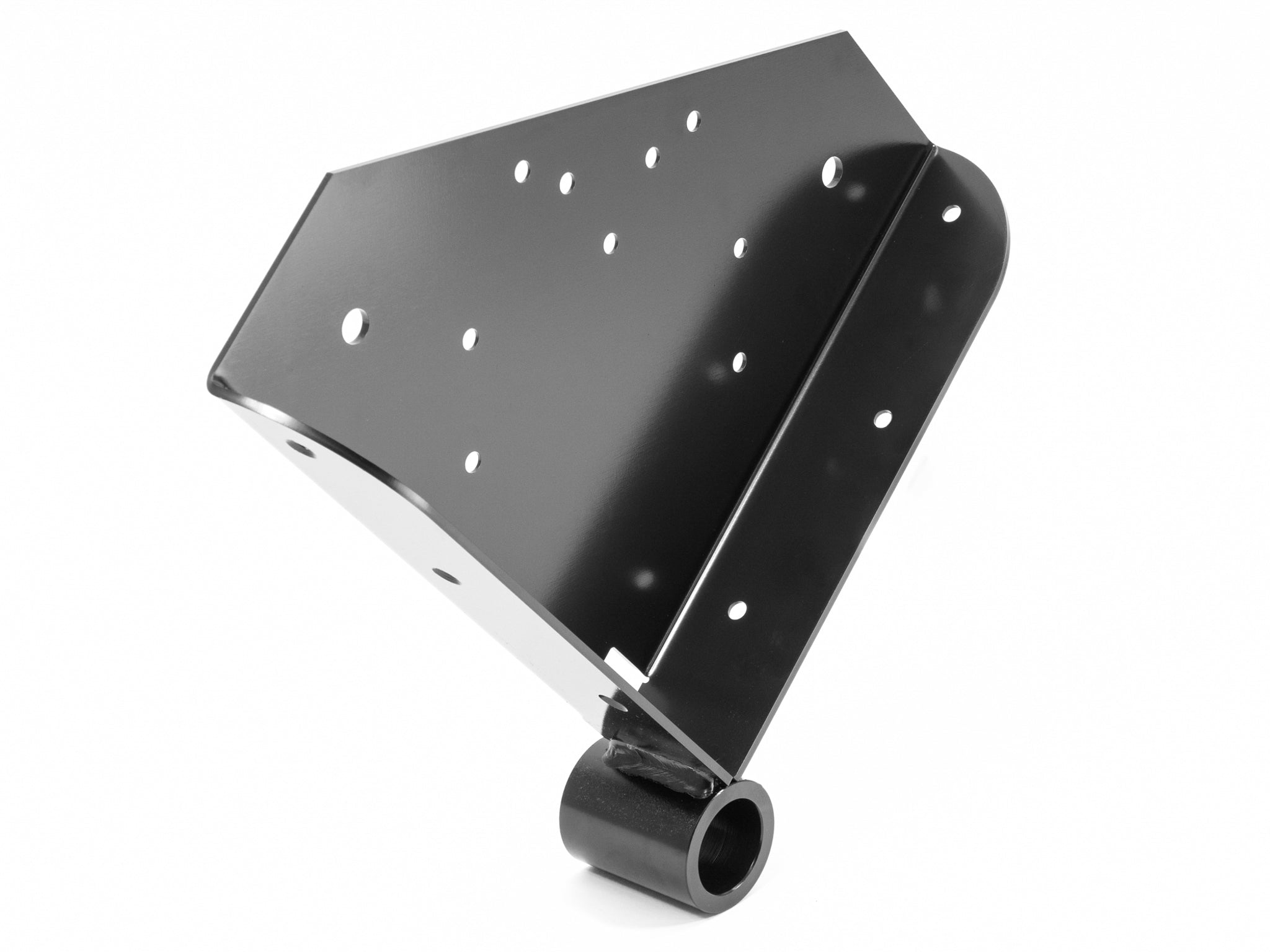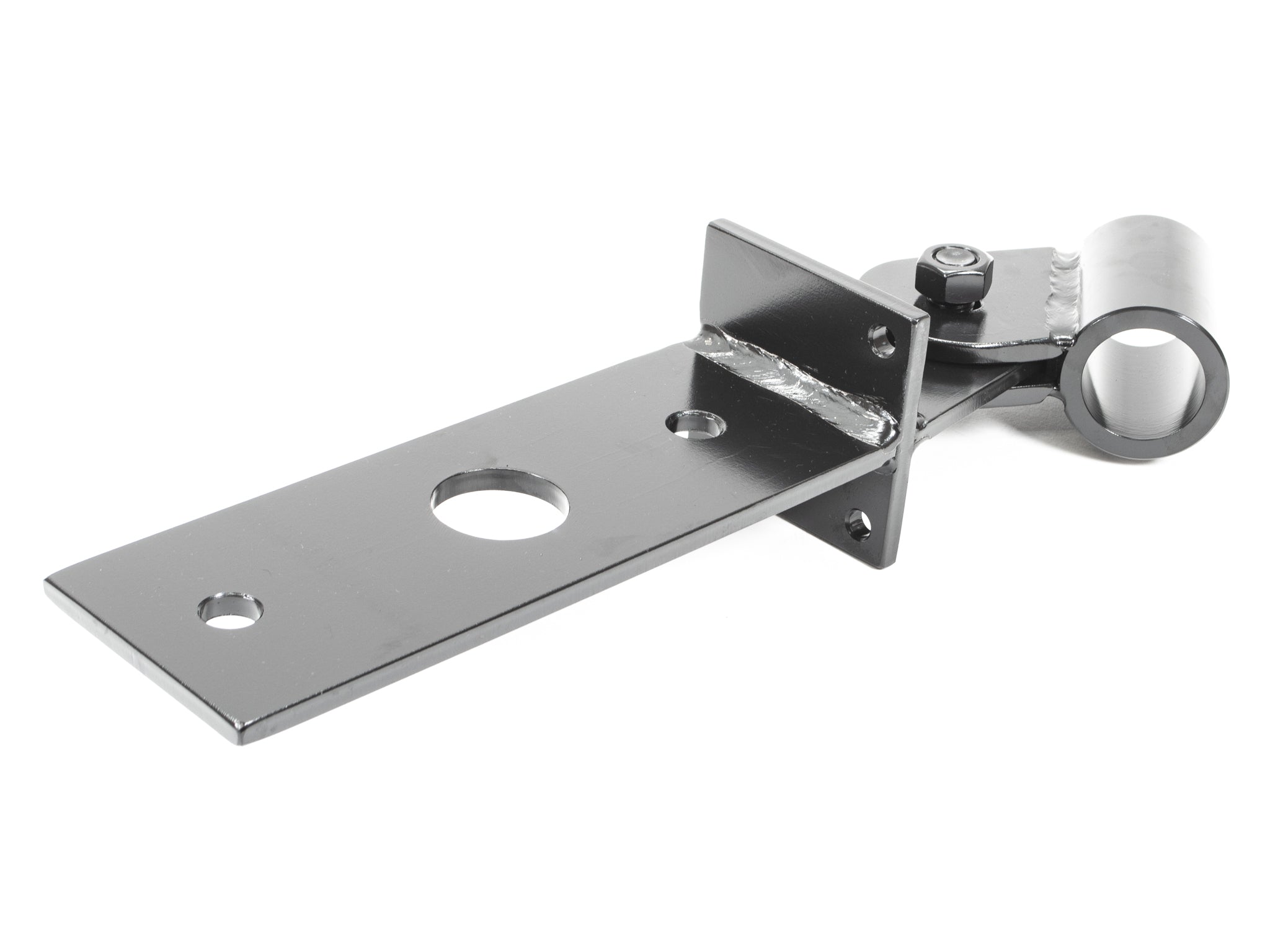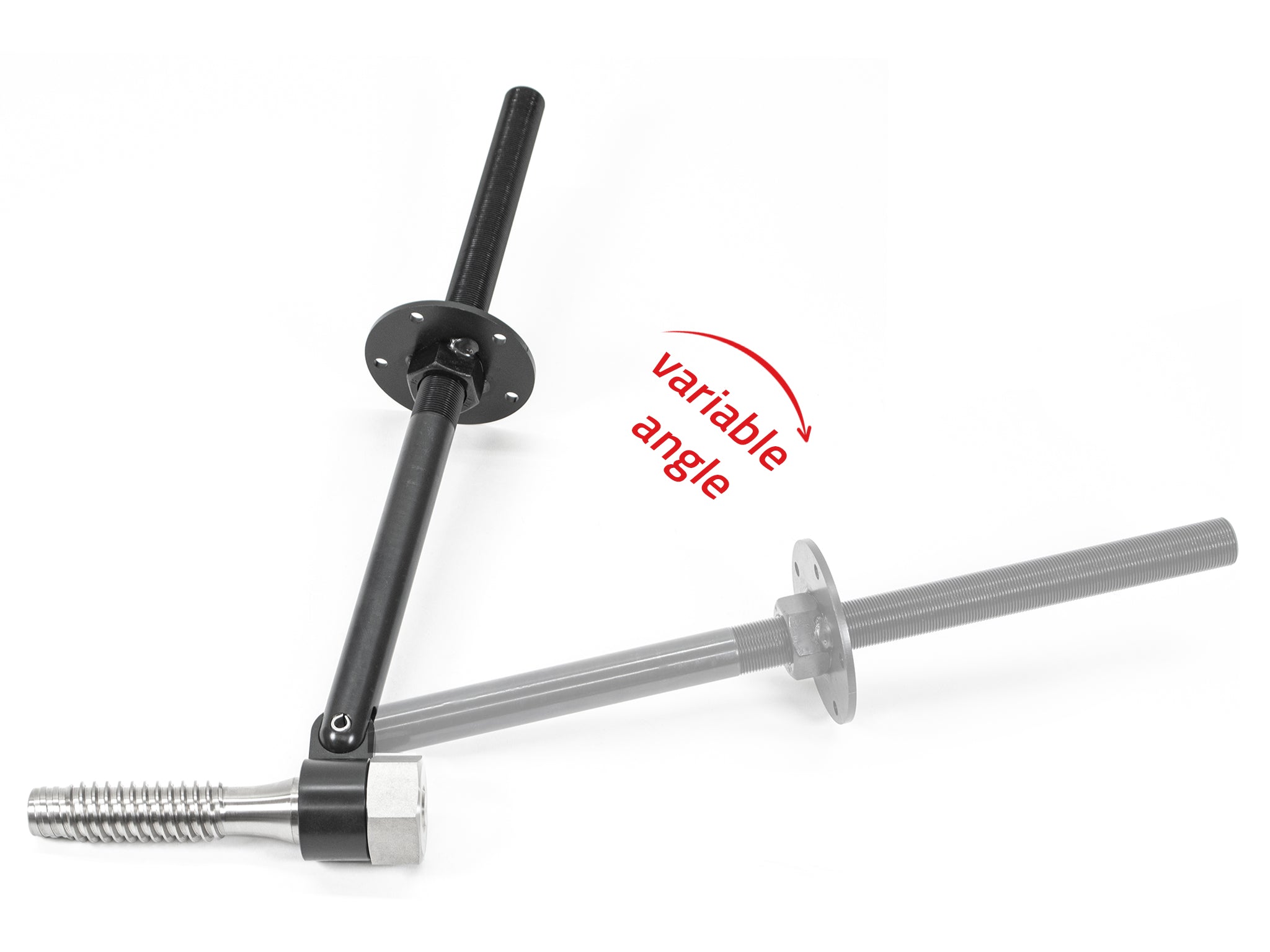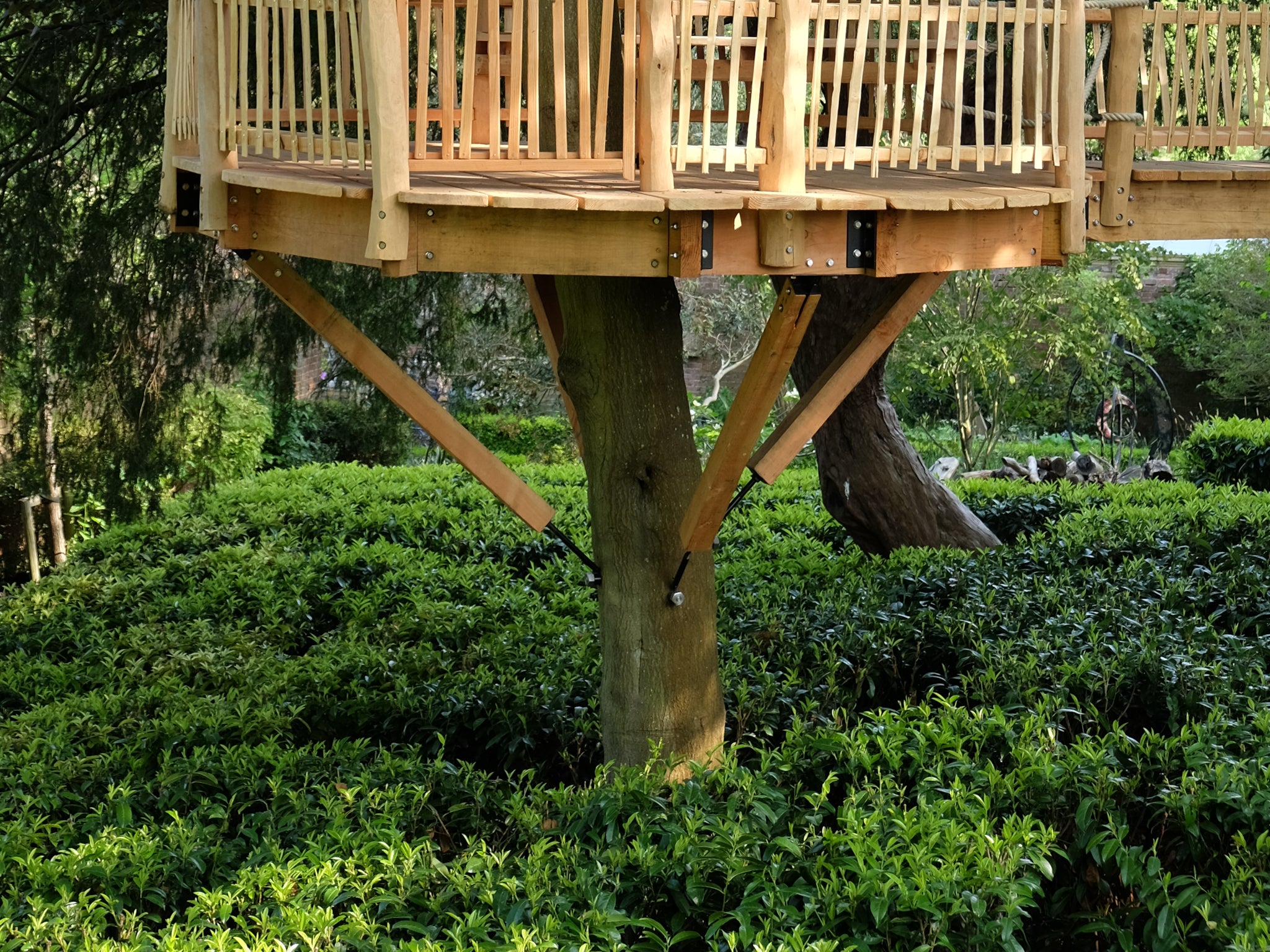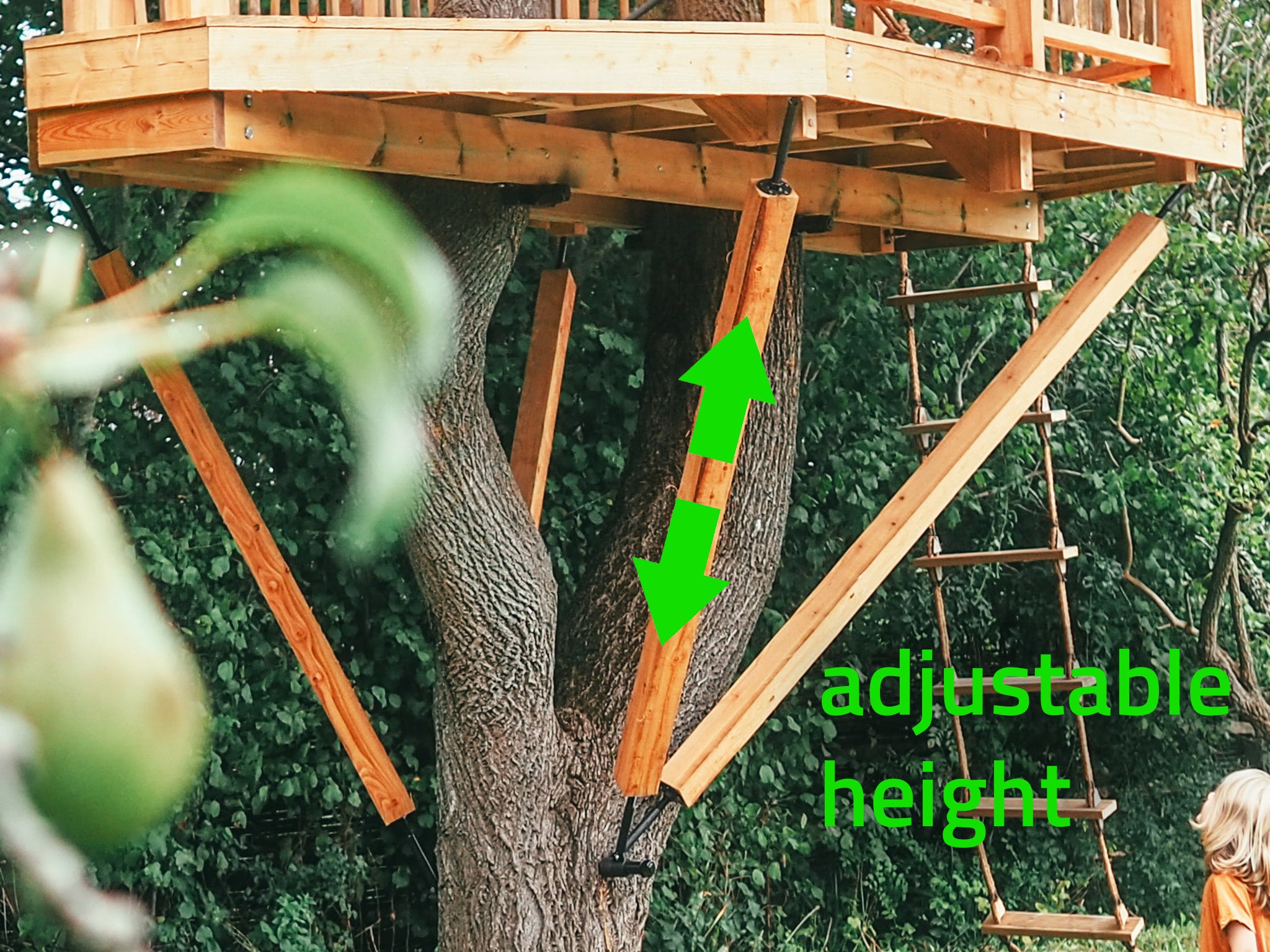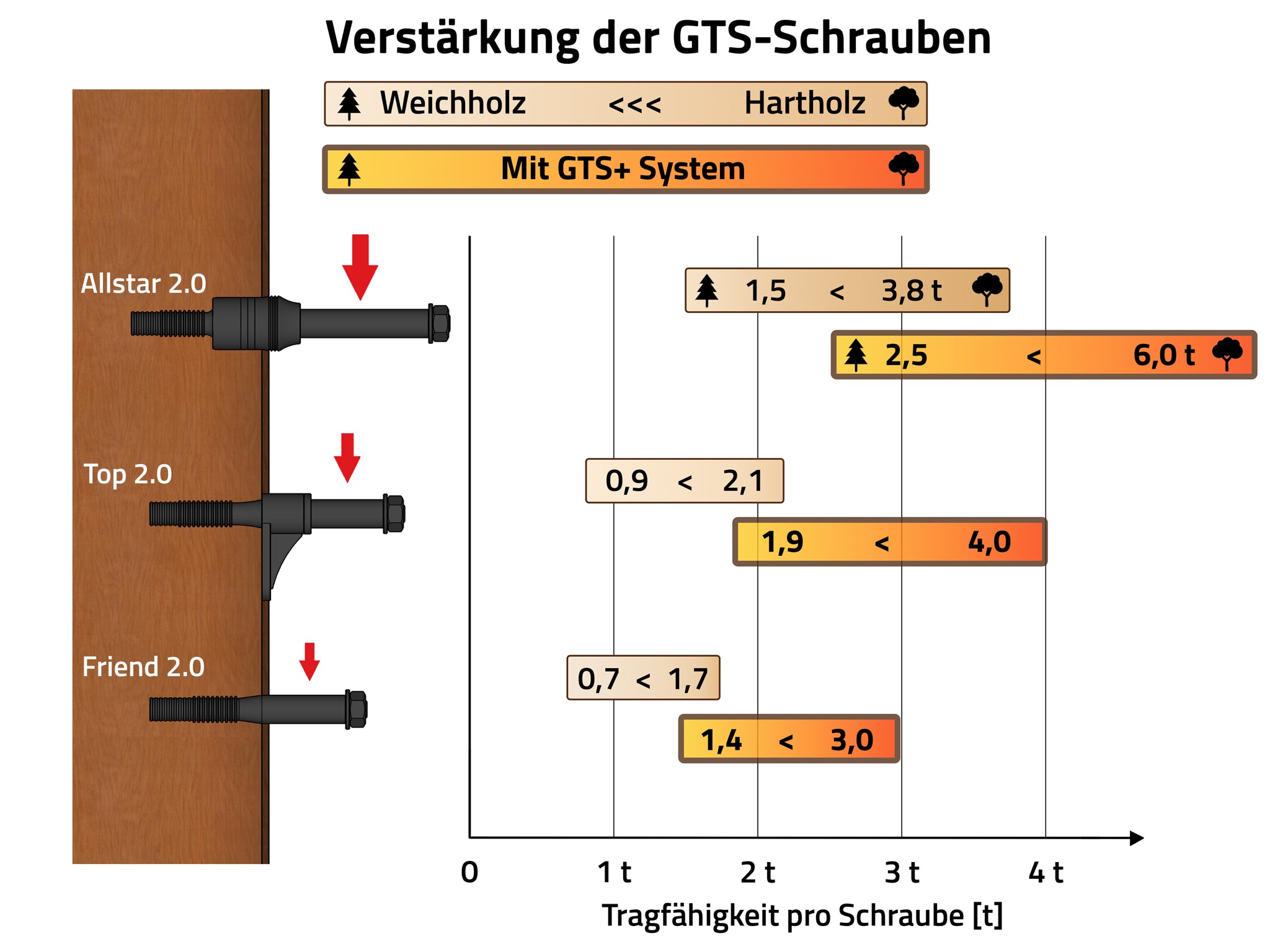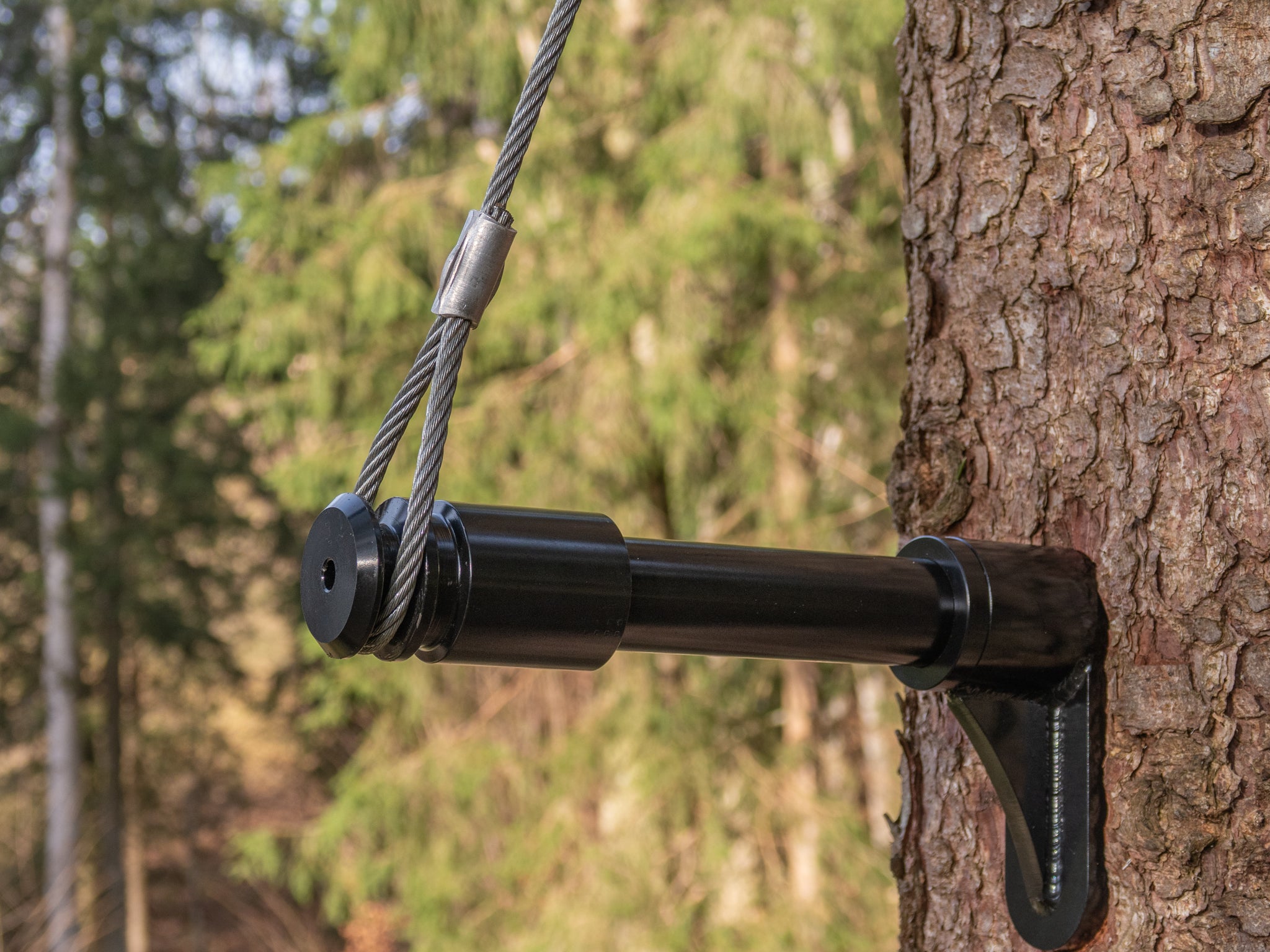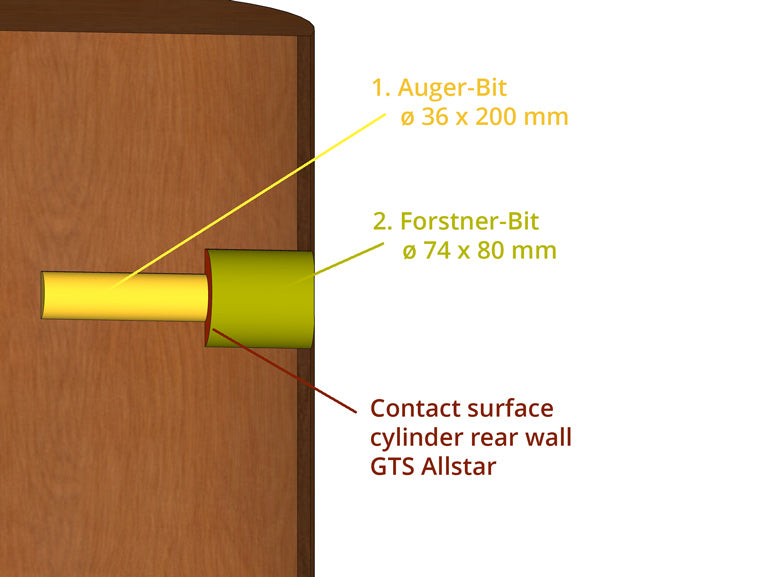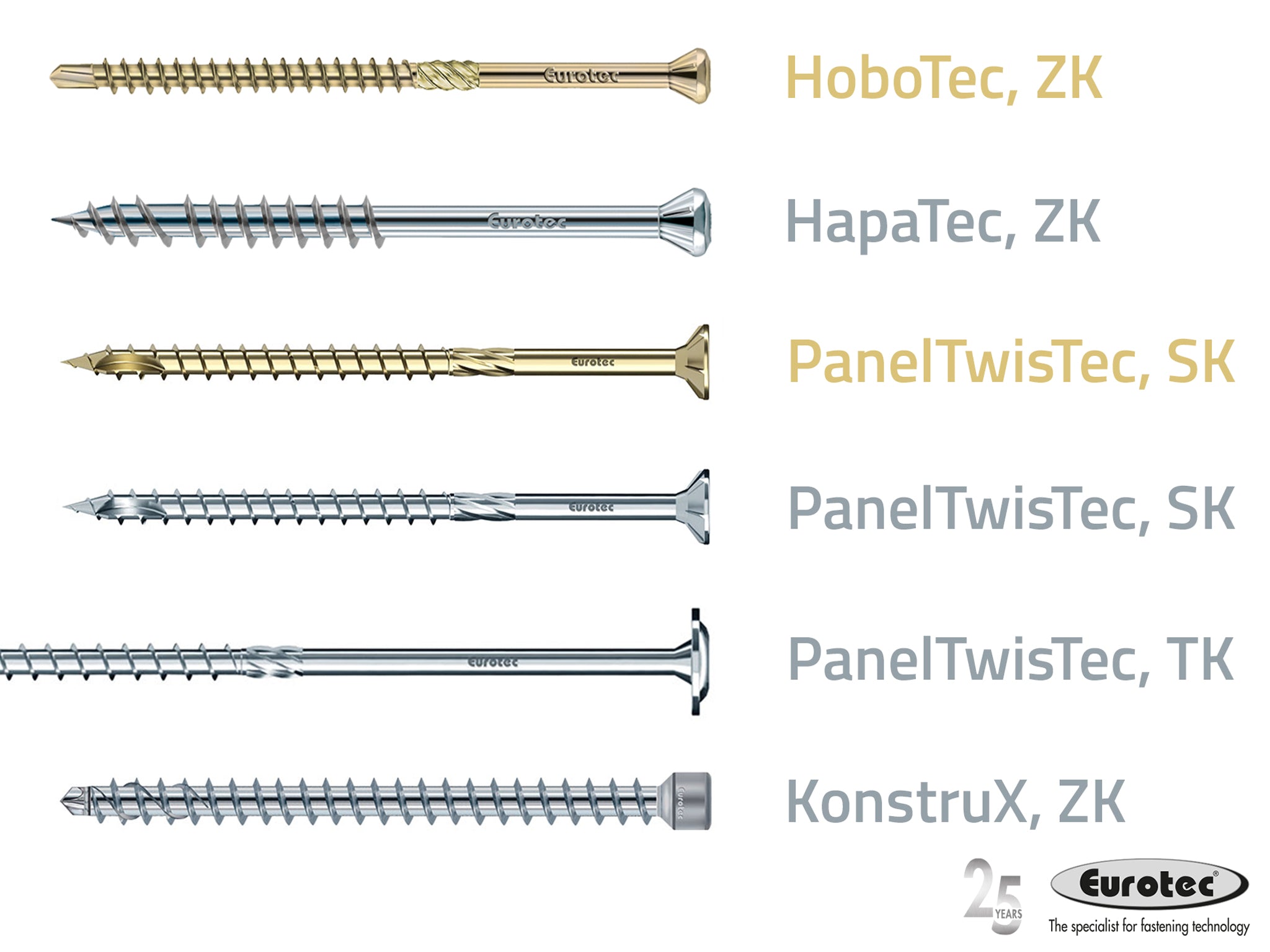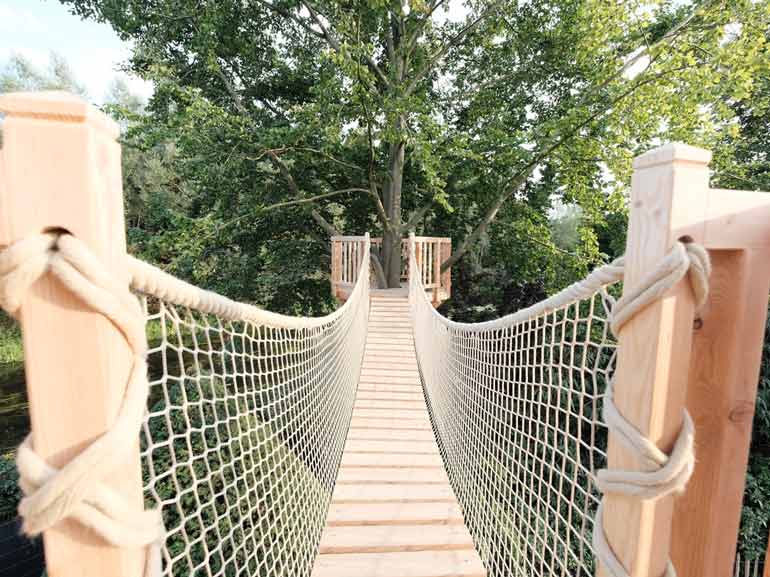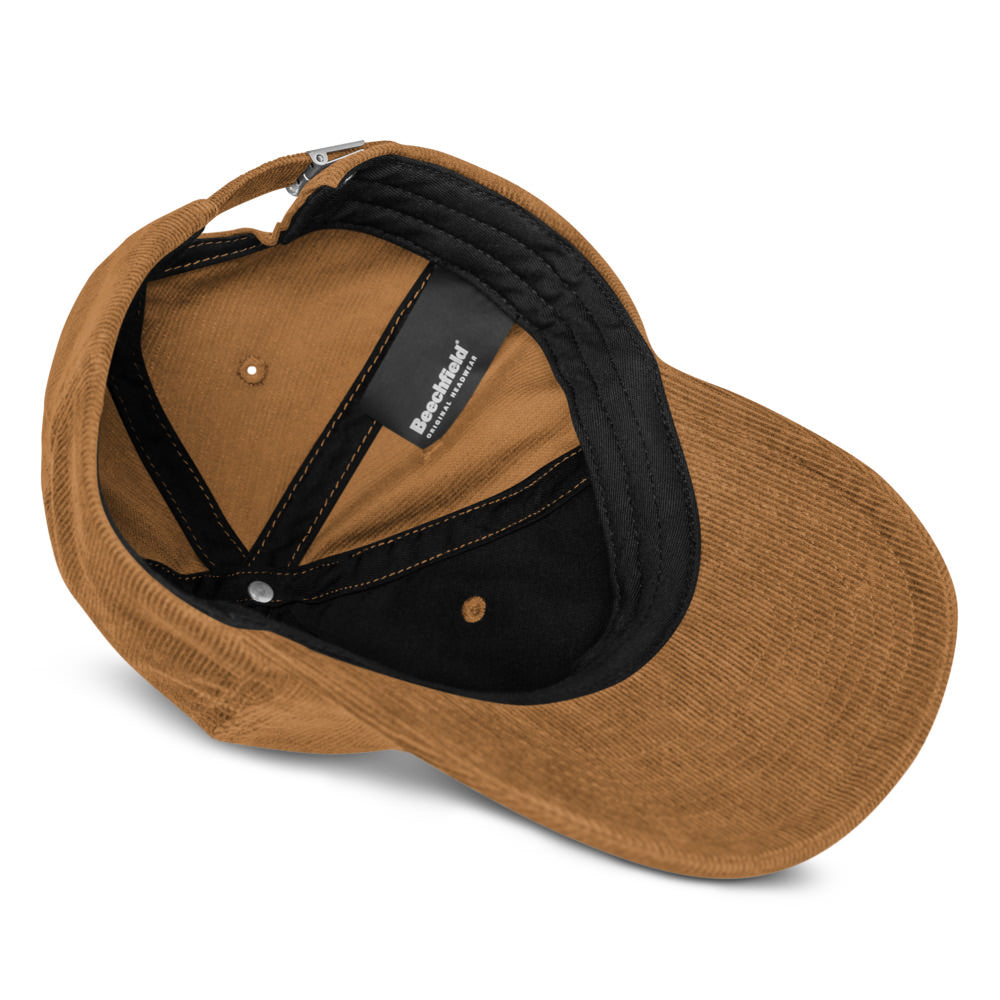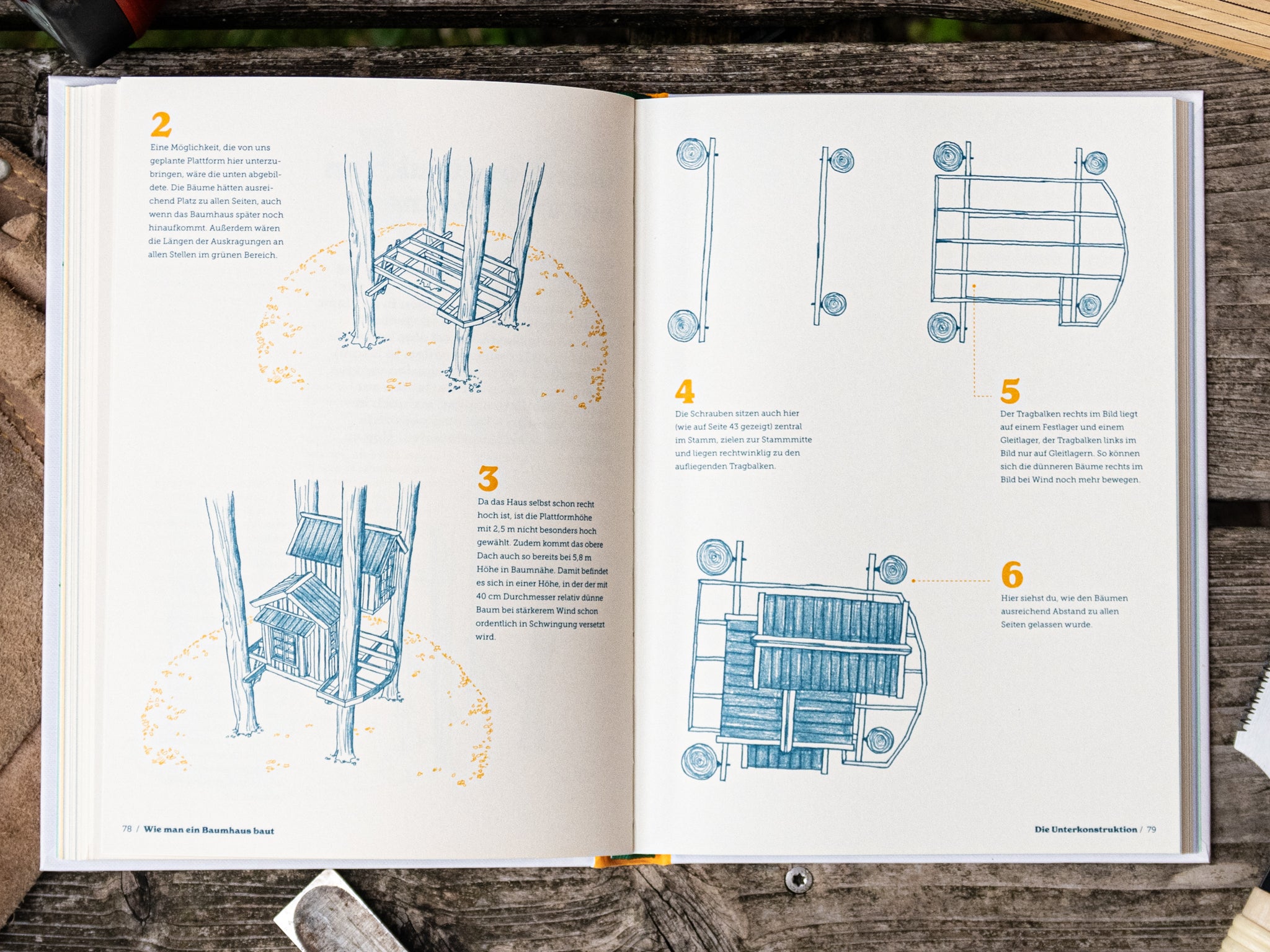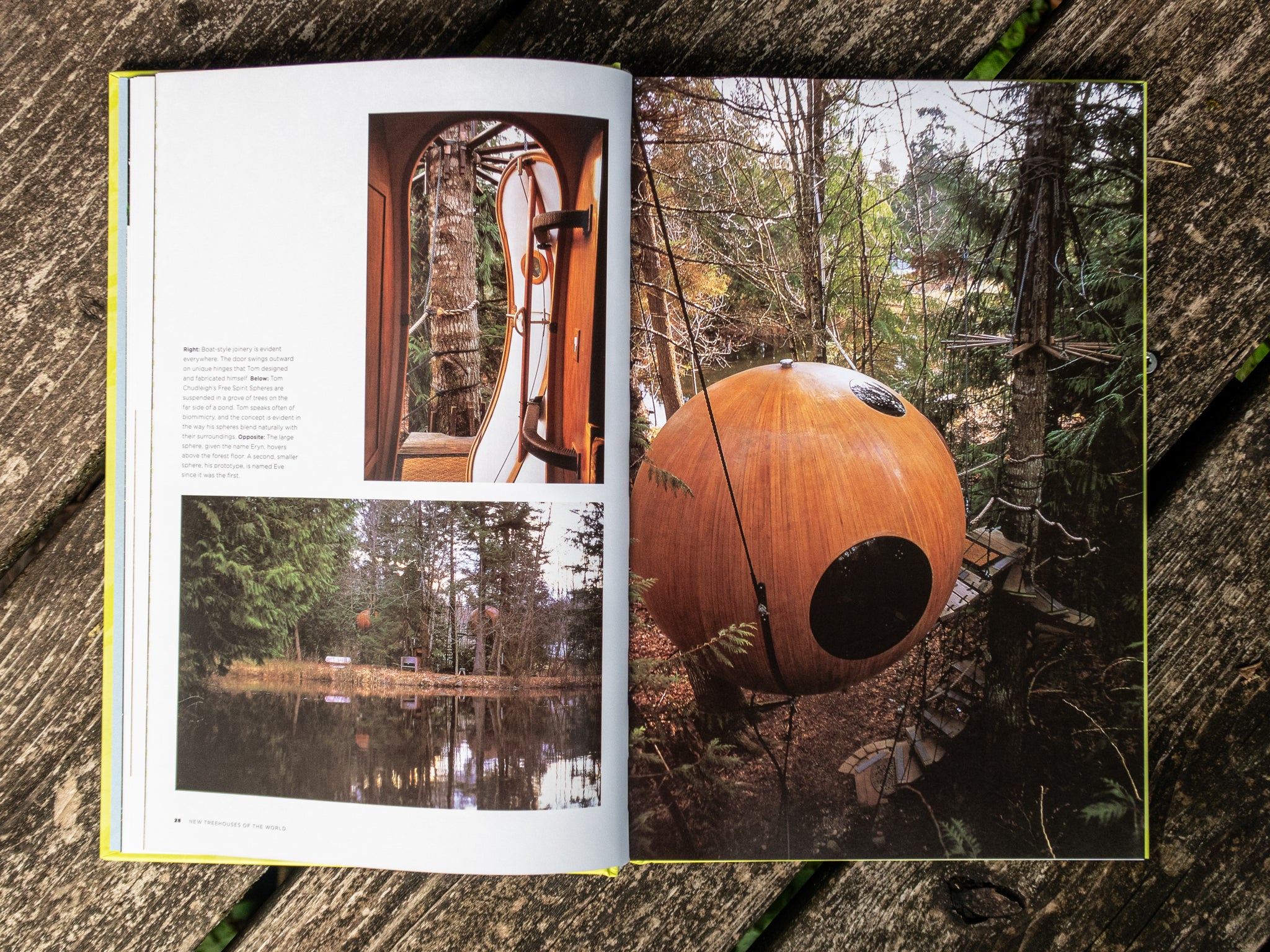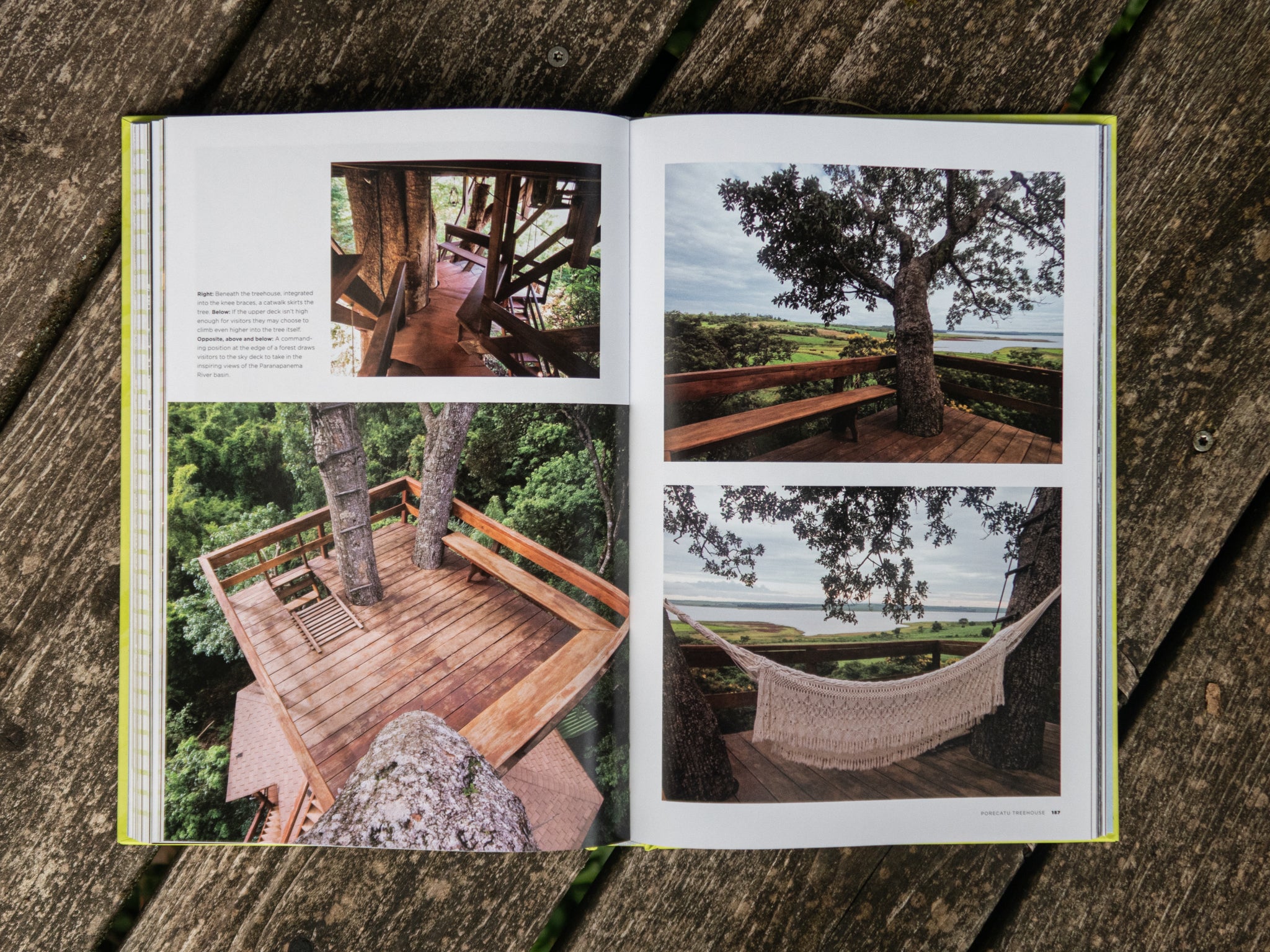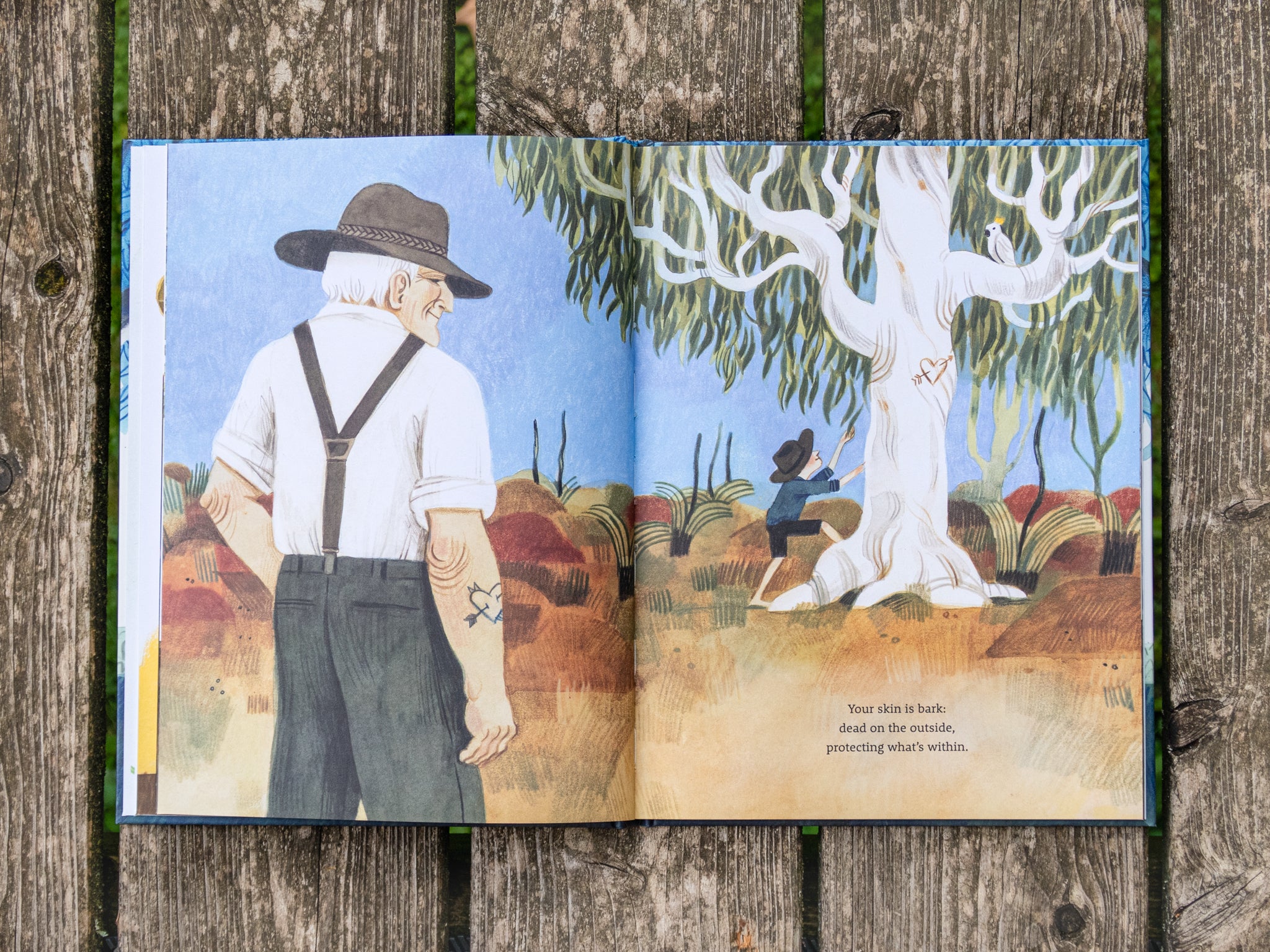The Treehouse Shop
Europe's #1 specialist shop for treehouse builders – professional fastenings, practical accessories and genuine know-how!
Filters
Filters
55 products
GTS Allstar – Tree bolt up to 3,800 kg load
Sale price€221,00
GTS Top – Tree bolt up to 2,100 kg load
Sale priceFrom €204,00
GTS Friend – Tree bolt up to 1,700 kg load
Sale price€132,00
GTS Side – Tree bolt up to 1,200 kg load
Sale price€139,00
GTS Free – Tree bolt up to 1,400 kg load
Sale price€139,00
GTS Safety – Tree bolt up to 1,100 kg load
Sale priceFrom €89,00
XS Treehouse Hardware Kit for 1-2 Trees, 4 Free
Sale price€556,00
S Treehouse Hardware Kit for 1-2 Trees, Tribeam V90
Sale price€1.196,00
L Treehouse Hardware Kit for 1-2 Trees, Tribeam V60
Sale price€1.510,00
XL Treehouse Hardware Kit for 1-2 Trees, Tribeam D90
Sale price€1.668,00
XL Treehouse Hardware Kit for 2-4 Trees, Dynamic
Sale price€1.534,00
XXL Treehouse Hardware Kit for 1-2 Trees, Tribeam GTS+
Sale price€2.112,00
XXL Treehouse Hardware Kit for 2-4 Trees, Dynamic GTS+
Sale price€1.932,00
XS Tribeam Attachment Kit, 2 Free
Sale price€278,00
S Tribeam Attachment Kit, V90
Sale price€646,00
L Tribeam Attachment Kit, V60
Sale price€755,00
XL Tribeam Attachment Kit, D90
Sale price€834,00
XXL Tribeam Attachment Kit, D90 GTS+
Sale price€1.056,00
M Treeangle Assembly Kit for 1-2 Trees, Adjust
Sale price€1.352,00
L Treeangle Assembly Kit for 1-2 Trees, T-Plate
Sale price€1.720,00
Swing Beam Attachment Kit for 1 Tree – Bracket
Sale price€301,00
Swing Beam Attachment Kit for 2 Trees – Bracket
Sale price€602,00
Beam Bracket – Stay
Sale price€121,00
Beam Bracket – Dynamic
Sale price€132,00
Position Ring
Sale price€24,00
Tribeam Bracket – Diamond 90
Sale price€199,00
Tri-Beam Bracket – Vario 60
Sale price€209,00
Tri-Beam Bracket – Vario 90
Sale price€189,00
Regular price€209,00
Strut-Connector GTS
Sale price€131,00
Strut-Connector T-Plate
Sale price€135,00
Strut-Connector Safety
Sale price€199,00
Strut-Connector Platform
Sale price€131,00
GTS+ BackUp System
Sale price€222,00
GTS+ Cable System
Sale price€199,00
Auger Drill GTS
Sale priceFrom €27,00
Drill-Kit GTS Allstar
Sale price€160,00
Ratchet GTS 1
Sale price€354,00
Tool-Kit x Bit Magic
Sale price€59,00
Regular price€70,00
Metreec Folding Rulder "Always on Top"
Sale price€9,95
Wood Screw Kit – Treehouse Essentials
Sale price€483,00
Regular price€589,95
Tree Attachment Sling
Sale priceFrom €47,00
DIY Sliding Plate
Sale price€7,00
Regular price€7,79
Wood Screw Set – Stay Dynamic
Sale price€8,44
Regular price€9,90
Wood Screws Set x Tri-Beam Vario
Sale price€8,12
Regular price€9,63
Wood Screw Set x Tri-Beam Diamond
Sale price€9,92
Regular price€10,89
Cord-Cap x Treehouse Logo
Sale price€29,00
Five-Panel-Cap x Treehouse Logo
Sale price€29,00
Book "How to Build a Treehouse"
Sale price€24,00
Book “Pete Nelson – New Treehouses of the World”
Sale price€38,00
Kids Treehouse Book “Be a Tree"
Sale price€16,00
Really good products and professional service. You can tell that they have a lot of experience and know all the pitfalls.
Per M. H. – Treehouse Norway
Vitus helped us a lot with tips and advice when questions arose before and during the construction period. Highly recommended!
Sabine C. – Treehouse Germany
Thank you very much for the excellent products and advice, the tree bolts are amazing and have made our best summer project possible.
Wasilis P. – Treehouse Austria
100% Made in Germany
Certified specialists – modern technology – uncompromising quality!
Direct Pro Contact
With us, you talk to real treehouse professionals – Contact us!
Shipping & Delivery
Whether in the EU or worldwide – we deliver safely and reliably!
Secure payment
Pay securely and conveniently with all major payment methods!

